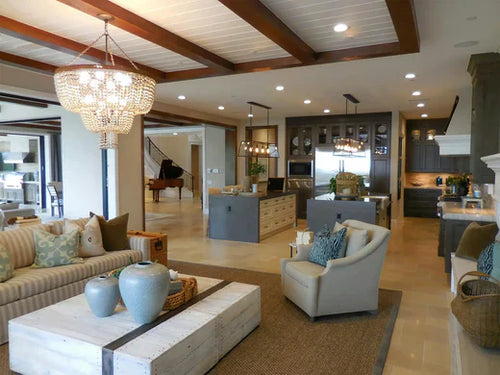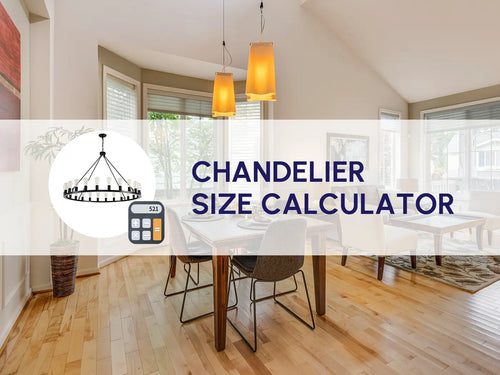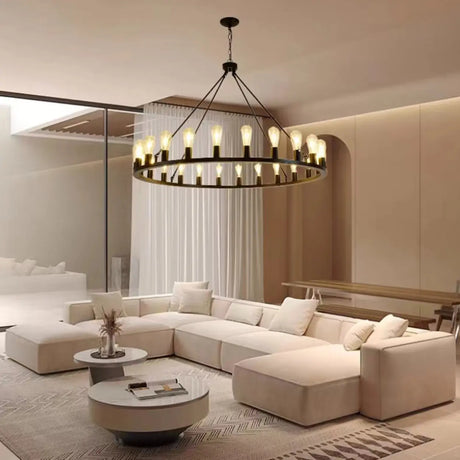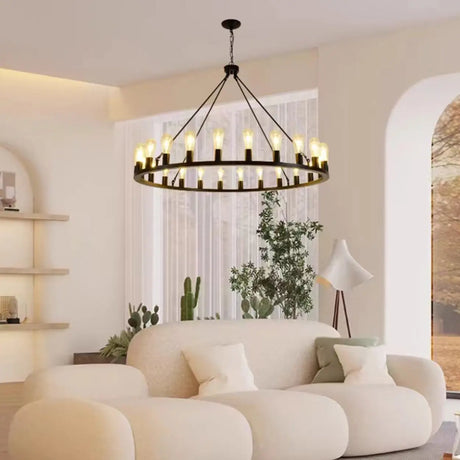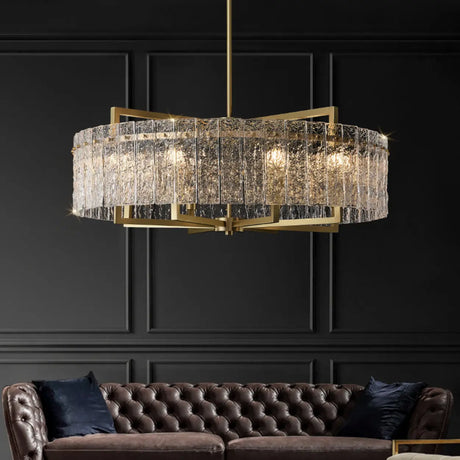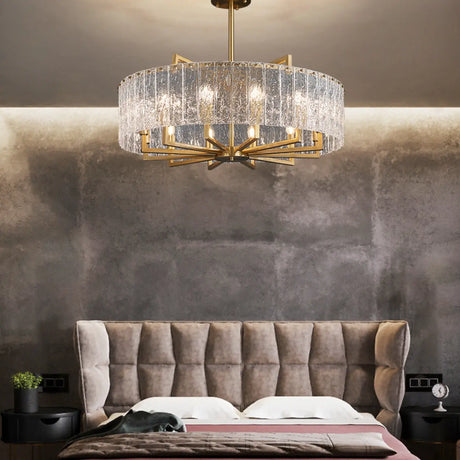A well-chosen chandelier transforms a room. Beyond providing light, these fixtures establish the mood, enhance your decor, and often become the centerpiece that guests notice first.
Many homeowners struggle when shopping for chandeliers. The market offers countless options in different sizes, styles, and price points. Will that elegant fixture you spotted online actually fit your dining room? Is the style too formal for your space? And how high should you hang it?
This guide breaks down the chandelier selection process into clear steps. We'll cover everything from measuring for the right size to matching your home's style.
Table of contents
1. Calculate the Right Chandelier Size
The right size chandelier creates balance in your room. Too large, and it dominates the space. Too small, and it looks insignificant. Use these proven measurements to get it right.
The room size general formula
For most rooms, follow this simple calculation:
Room Length (ft) + Room Width (ft) = Chandelier Diameter (inches)
Example measurements:
- 12' × 14' living room = 26" diameter chandelier
- 10' × 10' bedroom = 20" diameter chandelier
In larger rooms (over 300 sq ft), add 2-3 inches to your result. For smaller spaces under 100 sq ft, subtract 2-3 inches for better proportion.
Need help with measurements? Use this chandelier size calculator
Height calculation
To determine how tall your chandelier should be, multiply your ceiling height:
Ceiling Height (ft) × 2.5 = Chandelier Height (inches)
Quick reference:
- 8' ceiling: 20" tall chandelier
- 10' ceiling: 25" tall chandelier
- 12' ceiling: 30" tall chandelier
Room-specific chandelier measurements

Dining room
Your chandelier should measure 1/2 to 2/3 the width of your dining table. For a 48" table, choose a 24-32" diameter chandelier. Center it over the table, not the room.
Foyer
For standard 8-10' ceilings, use the room size formula. For two-story foyers:
- Minimum height: 24"
- For ceilings over 10', add 3" to chandelier height for each additional foot
Kitchen island
Select a chandelier about 1/3 the length of your island. Allow 30" clearance from countertop to fixture bottom.
| Room type | Size rule | Hanging height |
|---|---|---|
| Dining Room | 1/2 to 2/3 of table width | 30-36" above table |
| Living Room | Length + width in inches | 7' from floor |
| Foyer | Length + width in inches | 7' minimum from floor |
| Kitchen Island | 1/3 of island length | 30-34" above counter |
| Bedroom | Length + width in inches | 7' from floor |
Between Two Sizes? Size Up
Designers typically recommend choosing the larger option when deciding between two chandelier sizes. A slightly bigger fixture creates impact, while undersized chandeliers often disappoint. The chandelier should draw attention without dominating everything else.
| Quick Reference Chart for Chandelier Sizing | |
|---|---|
| Room Size | Recommended Chandelier Diameter |
| Small Room (under 100 sq ft) | 17" - 20" |
| 10' × 10' Room | 20" |
| 12' × 12' Room | 24" |
| 12' × 14' Room | 26" |
| 14' × 16' Room | 30" |
| 16' × 18' Room | 34" |
| Large Room (over 300 sq ft) | 36" - 44"+ |
| Note: For dining rooms, chandelier should be 1/2 to 2/3 the width of the table, regardless of room size. | |
| Formula: Room Length (ft) + Room Width (ft) = Chandelier Diameter (inches) | |
2. Match Your Home's Style

After determining size, find a chandelier that fits your home's aesthetic. The right style creates visual harmony while adding character to your space.
Identify your home's style
Look around your current space. What defines its style?
Traditional homes feature detailed woodwork, symmetrical layouts, rich colors, and classic patterns. Modern interiors showcase clean lines, minimal details, neutral colors with bold accents. Transitional spaces blend traditional and modern elements with balanced, subtle colors.
Rustic environments embrace natural materials, weathered finishes, and earth tones, while industrial settings incorporate raw materials, metal finishes, neutral colors, and exposed elements. Coastal designs favor light colors, natural textures, and various blue tones.
Chandelier styles for different design aesthetics
Different interior design styles call for specific chandelier characteristics that complement and enhance the overall aesthetic. Understanding these style pairings helps you select a fixture that feels cohesive with your existing decor.
- Traditional Style: Crystal chandeliers with ornate details, bronze fixtures, antique brass finishes
- Modern Style: Clean lines, brushed nickel, chrome finishes, minimalist designs, glass globe fixtures
- Contemporary Style: Modern crystal with geometric shapes, drum chandeliers with fabric shades
- Transitional Style: Mixed metals, simplified crystal designs, bronze or nickel finishes
- Rustic/Farmhouse Style: Distressed wood, wrought iron, vintage-inspired metal fixtures
- Industrial Style: Raw metals, exposed bulbs, wood and metal combinations
- Coastal Style: Wood beads, whitewashed wood, light blue glass, nautical-inspired metals
- Mediterranean/Spanish Style: Wrought iron with scrollwork, amber glass, bronze detailing
- Bohemian Style: Colorful glass, wood beads, eclectic mixed materials, ornamental designs
- Mid-Century Modern: Sputnik designs, brass accents, geometric shapes, globe glass
Match Finishes to Your Space
Your chandelier's finish should coordinate with existing hardware throughout the room. Look for opportunities to match door handles, cabinet pulls, and faucets for a cohesive appearance. Modern spaces typically feature chrome, satin nickel, or matte black, while traditional rooms favor oil-rubbed bronze, antique brass, or copper. Current design trends embrace mixed metals, brass, and various gold tones.
In open floor plans, maintain consistent finishes throughout connected spaces to create visual flow from room to room.
3. Evaluate Functional Lighting Aspects

A chandelier must fulfill its primary purpose: lighting your space properly. Beyond aesthetics, understanding the functional aspects ensures your fixture works as beautifully as it looks.
Plan for a Complete Lighting Solution
A chandelier rarely serves as the only light source in a room. When selecting your fixture, consider how it will function within your overall lighting plan. The best lighting designs include multiple layers:
- Choose a chandelier that complements your existing lighting or plan for additional fixtures
- Determine whether your chandelier will provide ambient, task, or accent lighting
- Consider how the chandelier's light will interact with natural light sources in the room
In dining areas, select a chandelier that provides adequate illumination directly over the table. For living rooms, look for fixtures that distribute light more broadly throughout the space. Kitchen chandeliers should contribute meaningful task lighting without creating harsh shadows on work surfaces.
Calculate Your Light Output Needs
One common buying mistake is selecting a chandelier that's visually perfect but doesn't provide enough light. Before purchasing, calculate your room's lighting requirements:
- Ambient lighting: Look for fixtures providing at least 20 lumens per square foot
- Dining areas: Select chandeliers offering 30+ additional lumens per square foot over the table
- Task areas: Choose fixtures delivering 50+ additional lumens per square foot where detailed work occurs
For example, a 200 square foot dining room needs approximately 4,000 lumens for general lighting, plus extra brightness over the table area. Check the fixture specifications for total lumen output-not just wattage-to ensure adequate illumination.
Consider Bulb Compatibility
Your chandelier's bulb type significantly impacts light quality, energy efficiency, and maintenance. When choosing a fixture, verify what bulb types it accepts and whether they align with your preferences:
- LED compatibility: Most energy-efficient option, but check dimmer compatibility
- Bulb shape options: Ensure the fixture accepts bulbs in styles you prefer
- Number of bulbs: More bulbs generally means more light but also more maintenance
- Maximum wattage: Higher wattage capacity provides more lighting flexibility
Most modern chandeliers accept LED bulbs, which use 75% less energy than incandescent and last up to 25,000 hours. If you prefer the look of traditional bulbs, look for LED versions with filament designs that mimic classic appearances while maintaining efficiency.
Choose the Right Color Temperature
The color temperature of your chandelier's light dramatically affects room ambiance. Different spaces benefit from specific color temperatures:
- Warm white (2700-3000K): Best for living rooms and dining areas where a cozy, inviting atmosphere is desired
- Neutral white (3500-4100K): Ideal for kitchens and multipurpose areas that benefit from balanced lighting
- Cool white (5000-6500K): Most appropriate for task-focused spaces where visibility is paramount
When evaluating chandeliers, check whether they include bulbs or if bulbs are sold separately. If bulbs are included, verify their color temperature. If sold separately, ensure compatible bulbs are available in your preferred temperature range.
Look for Dimming Capabilities
A dimmer-compatible chandelier offers significantly more versatility than a non-dimmable fixture. When shopping, verify the fixture's dimming capabilities:
- Check product specifications for "dimmable" designation
- Verify compatibility with specific dimmer types (trailing edge, leading edge, etc.)
- For LED fixtures, ensure both the fixture and bulbs support dimming
- Consider whether you need single-setting or multi-zone dimming
Dimmable chandeliers allow you to adjust lighting for different activities, save energy, extend bulb life, and create varying moods with the same fixture. This feature adds relatively little cost but significantly enhances functionality.
Understand How Materials Affect Light Quality
Different chandelier materials create distinct lighting effects that impact both function and atmosphere:
| Material | Light Effect | Best For |
|---|---|---|
| Crystal/Glass | Maximizes brightness, creates sparkle and reflections | Formal spaces needing ample light |
| Fabric Shades | Diffuses light for soft, warm glow with minimal glare | Bedrooms, intimate dining areas |
| Exposed Bulbs | Provides direct, omnidirectional light with decorative potential | Industrial designs, modern spaces |
| Metal/Wood | Often directs light downward, may create interesting patterns | Rustic settings, focused lighting |
Select materials based on both your aesthetic preferences and lighting needs. If your room requires significant brightness, crystal elements help maximize light output. For spaces where ambiance is more important than task lighting, fabric shades offer pleasing diffusion.
4. Plan for Installation and Practical Matters

Your home's physical characteristics will limit your chandelier options. Before falling in love with a fixture that won't work in your space, take time to evaluate these practical factors that could affect your purchase decision.
Ceiling type compatibility
Different ceiling types require specific chandelier features. Standard flat ceilings offer the most versatility, compatible with virtually all chandelier types. Your main consideration here will be the fixture height to ensure proper clearance in the room.
Sloped or vaulted ceilings demand more careful selection. You'll need chandeliers specifically designed with sloped ceiling adapters. Before purchasing:
- Check product specifications for maximum angle support (typically 30-45°)
- Consider how the chandelier will appear when viewed from different angles
- Look for adjustable hanging hardware that can be customized to your ceiling's pitch
High ceilings exceeding 12 feet create unique challenges. For these spaces, focus on:
- Chandeliers with extra-long chains or downrods available as options
- Fixtures designed to cast light downward effectively from greater heights
- Simple designs that won't require frequent dusting in hard-to-reach places
Weight limitations
Chandeliers vary dramatically in weight, with important implications for installation:
| Fixture Weight | Support Required | Special Considerations |
|---|---|---|
| Under 20 lbs | Standard electrical box | Good for most apartments, rentals |
| 20-50 lbs | Standard box with proper anchoring | Most common residential range |
| 50-100 lbs | Dedicated ceiling support | Requires attachment to joists |
| Over 100 lbs | Structural reinforcement | May need professional engineering |
Your ceiling's construction plays a crucial role in determining available support. Joists or solid wood can handle substantial weight, while drywall-only ceilings limit you to lightweight fixtures unless additional support is added.
Junction box position
The location of your existing electrical box significantly impacts your chandelier options. An ideally centered junction box offers the most flexibility in fixture selection. However, many homes have less-than-perfect electrical positioning.
For slightly off-center boxes:
- Look for chandeliers with wider canopies that can mask minor misalignments
- Consider fixtures compatible with decorative ceiling medallions
- Choose designs with some lateral adjustability at the ceiling mount
With significantly off-center electrical boxes, your options narrow considerably. Consider:
- Chandeliers specifically designed for swag installation
- Fixtures with decorative cord covers that can be routed to the proper position
- Factoring in the cost of professional electrical work to relocate the junction box
Future maintenance needs
Some chandelier styles demand significant upkeep that might affect your purchase decision. Crystal and glass chandeliers create stunning light effects but require regular cleaning, which becomes particularly challenging with high ceilings or intricate designs.
Consider how your fixture choice affects long-term maintenance:
- Multiple small bulbs may create more frequent replacement needs
- Complex designs with many small components collect dust more readily
- Heavier fixtures might require professional help for cleaning or repairs
By addressing these practical considerations before purchase, you can avoid the disappointment of discovering installation problems after you've already committed to a particular chandelier. The perfect fixture isn't just beautiful-it's also compatible with your home's physical realities.
5. Optimize for Specific Rooms

Different rooms have unique lighting requirements that influence your chandelier selection. Understanding these room-specific needs helps you choose a fixture that enhances both functionality and design in each space.
Dining room
Dining rooms offer the most traditional setting for chandeliers, where they serve as both functional lighting and design centerpieces. When shopping for a dining room chandelier, prioritize proper sizing and placement above all other factors.
For the best dining room results:
- Select a diameter measuring 1/2 to 2/3 of your table's width
- Plan to center the fixture over the table, not necessarily the room
- Choose a shape that complements your table (round chandeliers for round tables)
- Look for designs that include a dimmer function or can be wired to a dimmer switch
The right dining room chandelier will provide adequate illumination for meals without creating glare or shadows on diners' faces. For tables longer than 8 feet, consider linear chandeliers or a pair of matching fixtures to ensure even light distribution across the entire surface.
Foyers and entryways
Your entryway chandelier creates the first impression of your home's style. When selecting an entryway fixture, match its scale to your ceiling height and consider visibility from multiple angles.
For entryway chandeliers:
- Single-story foyers need fixtures that maintain minimum 7' clearance from floor
- Two-story foyers can accommodate more dramatic, larger-scale designs
- Entry fixtures should introduce your home's design aesthetic to visitors
- Foyer chandeliers should look balanced when viewed from different positions
In two-story entryways, look for chandeliers with interesting details visible from both the first and second floors. Multi-tier designs often work well in these spaces, creating visual interest at various heights.
Kitchen islands
Kitchen island lighting must balance practicality with aesthetics. These fixtures need to provide adequate task lighting while enhancing your kitchen's design. The best kitchen island chandeliers combine directional light with style-appropriate design.
When selecting kitchen island lighting:
- Choose fixtures that won't impede visibility across the kitchen
- Look for designs with easy-to-clean surfaces that resist grease buildup
- Select a length appropriate to your island (not exceeding 2/3 of island length)
- Consider the fixture's light direction - downward lighting works best for tasks
Linear chandeliers and evenly-spaced pendant series both work well over kitchen islands. For ease of maintenance, look for fixtures with smooth surfaces and minimal decorative crevices where grease and dust can accumulate.
Living rooms
Living rooms offer more versatility in chandelier placement than other spaces. Your furniture arrangement, ceiling height, and room function should guide your selection. The right living room chandelier enhances your existing design while providing appropriate ambient lighting.
Consider these living room placement options:
- Center of the room for traditional, symmetrical arrangements
- Over a conversation area to define the space in open floor plans
- Above a coffee table to anchor a seating group
Regardless of placement, your living room chandelier should relate to the scale of the furniture below it rather than the entire room. In open concept homes, select fixtures that coordinate with, but don't necessarily match, other nearby lighting to create visual connection between spaces.
Bedrooms and bathrooms
Bedroom chandeliers add unexpected luxury to private spaces. For these intimate areas, look for fixtures with:
- More modest scale than public room chandeliers
- Warmer light output that creates a relaxing atmosphere
- Dimmer compatibility for adjustable lighting levels
- Sufficient clearance if placed over bed areas
For bathroom chandelier selection, safety and moisture resistance must guide your decision:
- Only purchase fixtures explicitly rated for damp locations
- Select appropriate scale for typically smaller bathroom dimensions
- Ensure placement will maintain safe distance from water sources
- Consider complementary vanity lighting for task-specific needs
Bathroom chandeliers require special safety features due to their moisture-prone environment. Always verify that any fixture you're considering is specifically approved for bathroom installation.
| Room Type | Key Considerations | Special Features |
|---|---|---|
| Dining Room | Table size, dining activities | Dimmer essential |
| Foyer | Ceiling height, visibility | Sets home's style tone |
| Kitchen Island | Task lighting, cleanability | Higher brightness |
| Living Room | Furniture arrangement | Relates to room layout |
| Bedroom | Light quality, controls | Softer light output |
| Bathroom | Safety ratings, moisture | Requires damp rating |
6. Make Your Final Decision

After considering size, style, function, and placement, it's time to finalize your chandelier selection. This process involves weighing priorities, visualizing options, and considering practical factors before purchase.
Balance your priorities
Most chandelier decisions involve tradeoffs between these competing factors:
Aesthetics vs. function
Beautiful fixtures sometimes sacrifice light output or practicality. Consider which matters more in your specific space:
- Dining rooms often prioritize style over maximum brightness
- Kitchen work areas need functional lighting first, style second
- Living spaces usually require a balance of both elements
Budget vs. quality
Chandeliers range from under $100 to several thousand dollars. Quality differences appear in:
- Materials: Higher-quality crystals, solid metals vs. plated finishes
- Craftsmanship: Precise assembly, smooth finishes, attention to detail
- Electrical components: Better wiring, superior sockets, included dimmers
- Weight: Generally, heavier fixtures indicate better construction
For frequently used spaces or your forever home, invest in quality. For rentals or spaces you'll soon renovate, budget options make more sense.
Where to shop
Different shopping venues offer distinct advantages:
| Shopping option | Pros | Cons | Best for |
|---|---|---|---|
| Specialty Lighting Stores | Expert advice, see fixtures lit, quality selection | Higher prices, limited inventory | Urgent-need buyers, unique spaces |
| Home Improvement Centers | Competitive pricing, convenient returns | Limited selection, less expertise | Basic fixtures, budget options |
| Online Retailers Such as Homebaa | Vast selection, customer reviews, competitive prices | Can't see in person, return shipping | Budget options, various styles |
| Antique/Vintage Shops | One-of-a-kind pieces, character, craftsmanship | May need rewiring, no returns | Period homes, distinctive style |
Chandeliers purchase checklist
✓ Accurate measurements
- Ceiling height confirmed
- Room dimensions double-checked
- Table/island size verified for proportion
✓ Technical requirements
- Weight within ceiling support limits
- Compatible with existing wiring
- Proper length chain/downrod included
- Dimmer compatibility confirmed
✓ Practical considerations
- Return policy understood
- Warranty coverage reviewed
- Shipping/delivery timeframe acceptable
- Installation services available if needed
- Bulb specifications noted for future replacement
✓ Budget factors
- Total cost including shipping/tax calculated
- Installation costs estimated
- Any additional parts/accessories included
Taking time to confirm these details prevents costly mistakes and ensures your chandelier will work perfectly in your space.
7. Use This Chandelier Selection Checklist
This comprehensive checklist summarizes all key decision points to guide your chandelier selection from start to finish. Reference it while shopping to ensure you've considered all important factors.
Size and proportion
Room Measurements
Room length: ____feet
Room width: ____feet
Ceiling height: ____feet
Calculated Size Guidelines
Chandelier diameter: Length + Width = ___ inches
Hanging height from floor: ___ inches
Hanging height from table/counter: ___ inches
Chandelier height: Ceiling × 2.5 = ___ inches
Room Clearances
Minimum 30-36" above dining table
Minimum 7' from floor in walkways
Minimum 30-34" above kitchen island
Appropriate distance from walls (24" minimum)
Style compatibility
Home's dominant style identified: ___
Existing hardware finishes noted: ___
Chandelier role decided (statement or supporting piece)
Matching with other lighting fixtures in sight lines
Lighting function
Primary Purpose
Ambient Task Decorative All three
Lighting Specifications
Brightness needed (lumens): ___
Dimmer compatibility required: □ Yes □ No
Color temperature preference: □ Warm □ Neutral □ Cool
Number of bulbs required: ___
Types of bulbs: □ LED □ Incandescent □ Other
Installation factors
Ceiling type: □ Flat □ Sloped □ Very high
Junction box location: □ Centered □ Off-center
Weight limit of ceiling support: ___
Ceiling support reinforcement needed: □ Yes □ No
Professional installation required: □ Yes □ No
Special mounting hardware needed: ___
Maintenance considerations
Easy Moderate Challenging
Budget breakdown
Chandelier price: $___
Shipping/delivery: $___
Installation cost (if applicable): $___
Additional parts needed: $___
Tax: $___
Total budget: $___
Conclusion
Choosing the perfect chandelier transforms your space while reflecting your personal style. By following a methodical approach-measuring accurately, matching your home's aesthetic, considering function, planning for installation, and optimizing for specific rooms-you've equipped yourself to make a confident decision.
Remember that the right chandelier:
- Creates balanced proportion with your room and furnishings
- Complements your home's architectural style and existing decor
- Provides appropriate light for your space's activities
FAQ
How much clearance should I leave around my sofa?
How much clearance should I leave around my sofa?
Leave minimum 18 inches between sofa and coffee table, 30-36 inches for main walkways. This ensures comfort and proper traffic flow. In small spaces, you can go down to 14 inches between sofa and coffee table, but it feels cramped.
Do I need to account for packaging during delivery?
Do I need to account for packaging during delivery?
Yes, absolutely. Packaging adds 2-4 inches to all dimensions. Some retailers provide "packaged dimensions" - always use these for your calculations. Plastic wrap, cardboard edges, and protection padding can turn a borderline fit into an impossible delivery.
What if my room has an irregular shape?
What if my room has an irregular shape?
Measure the usable rectangular area where the sofa will sit. Irregular rooms often have nooks, angled walls, or bay windows that create natural boundaries. Focus on where the sofa will actually be placed, not the room's total dimensions.
What size sofa fits in a 10x12 room?
What size sofa fits in a 10x12 room?
For a 10x12 room, you can typically fit: * Loveseat (60-72 inches) with plenty of space * Standard 3-seater (72-84 inches) with moderate space * Large sofa (84-96 inches) if you're careful with layout. Consider that you'll need 30+ inches for a main walkway, so your effective space is closer to 9x12.
How do I know if my ceilings are too low?
How do I know if my ceilings are too low?
Measure your ceiling height and compare to sofa back height. Most sofas are 30-36 inches tall. With 8-foot ceilings, any sofa under 36 inches works fine. With 7-foot ceilings, stay under 32 inches for proper proportions.
What if my measurements are borderline?
What if my measurements are borderline?
Err on the side of caution. If our calculator shows a tight fit, consider these options: * Look for sofas with removable legs * Choose modular options that assemble inside * Opt for professional delivery service * Have a backup sofa picked out
Can a standard delivery crew handle tight spaces?
Can a standard delivery crew handle tight spaces?
Most standard delivery teams can handle minor challenges like removing door hinges or basic maneuvering. However, they're not trained for complex maneuvers. If your calculator shows "Challenging" delivery, hire specialists.
What extra fees might I face for difficult deliveries?
What extra fees might I face for difficult deliveries?
Common additional fees include: * Stair delivery: $50-150 per floor * Tight space delivery: $100-300 * Assembly/disassembly: $75-200 * Window delivery: $500-1500+

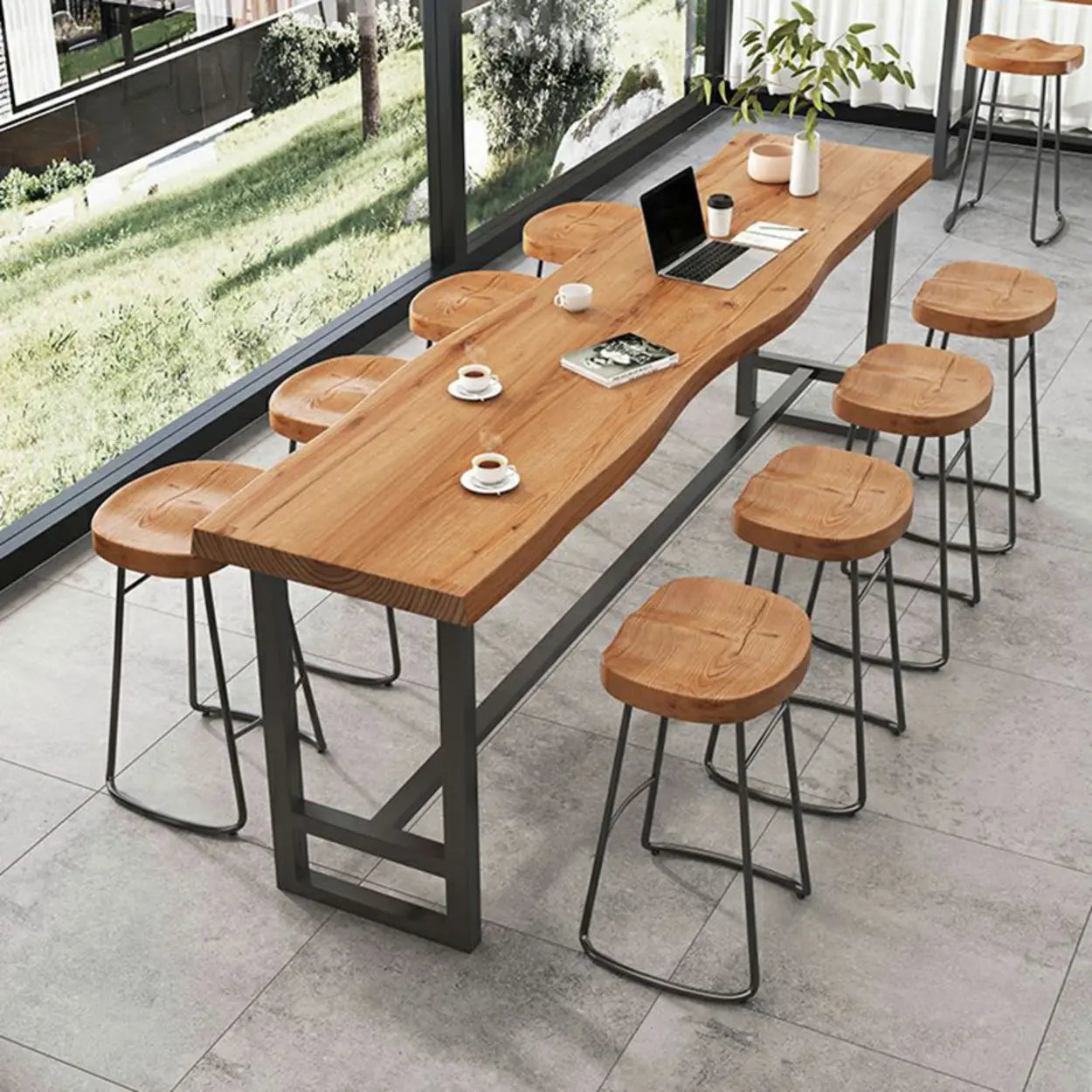
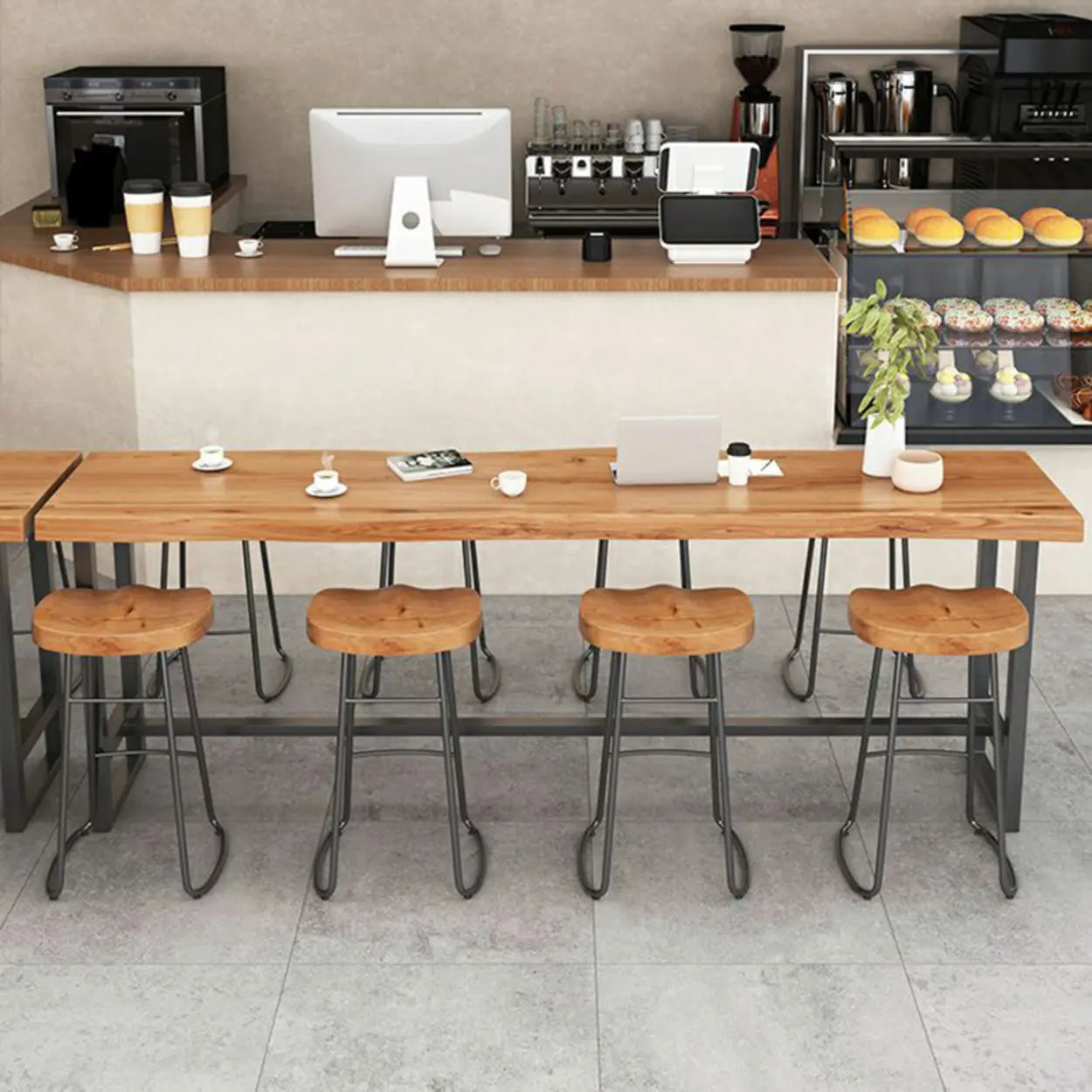
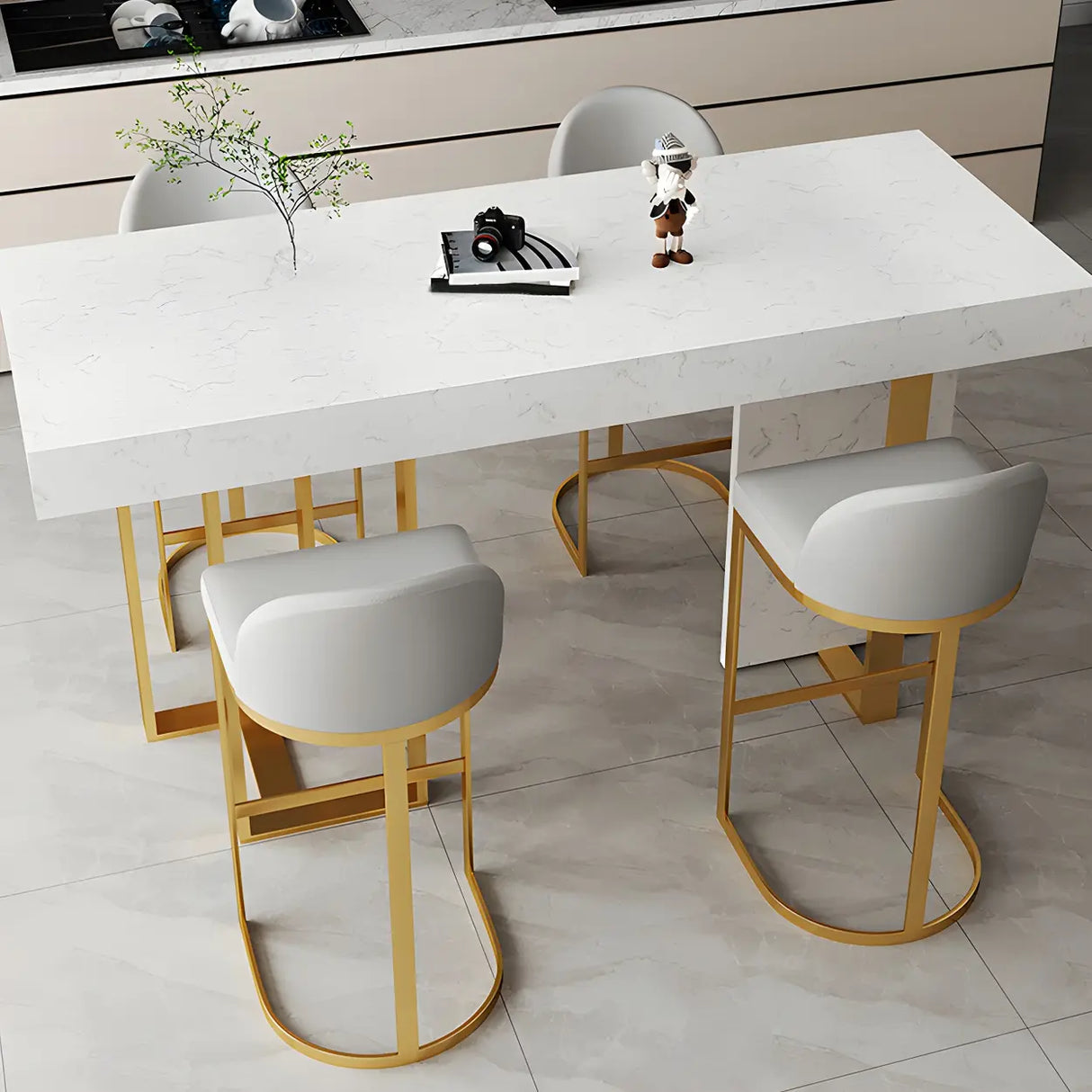
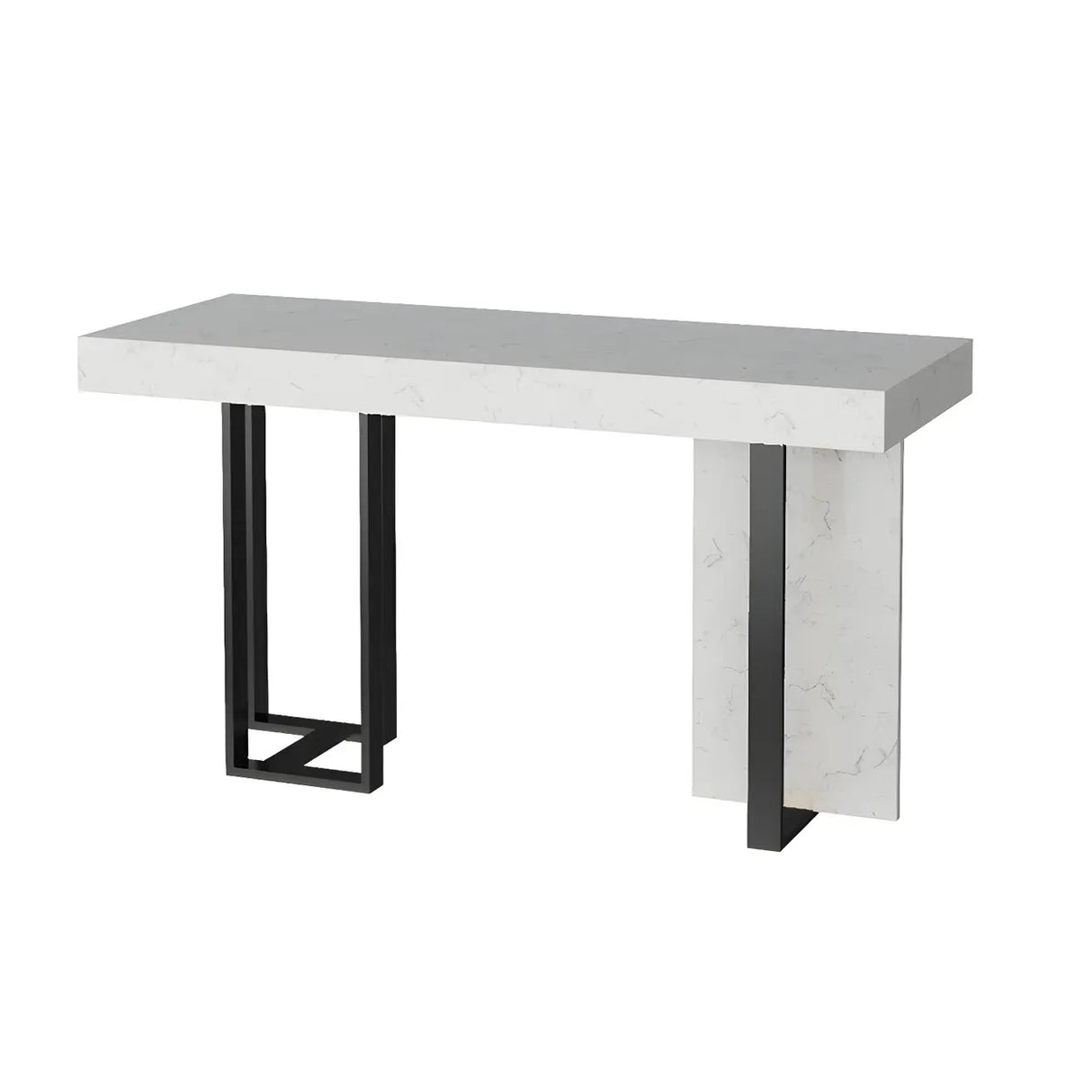
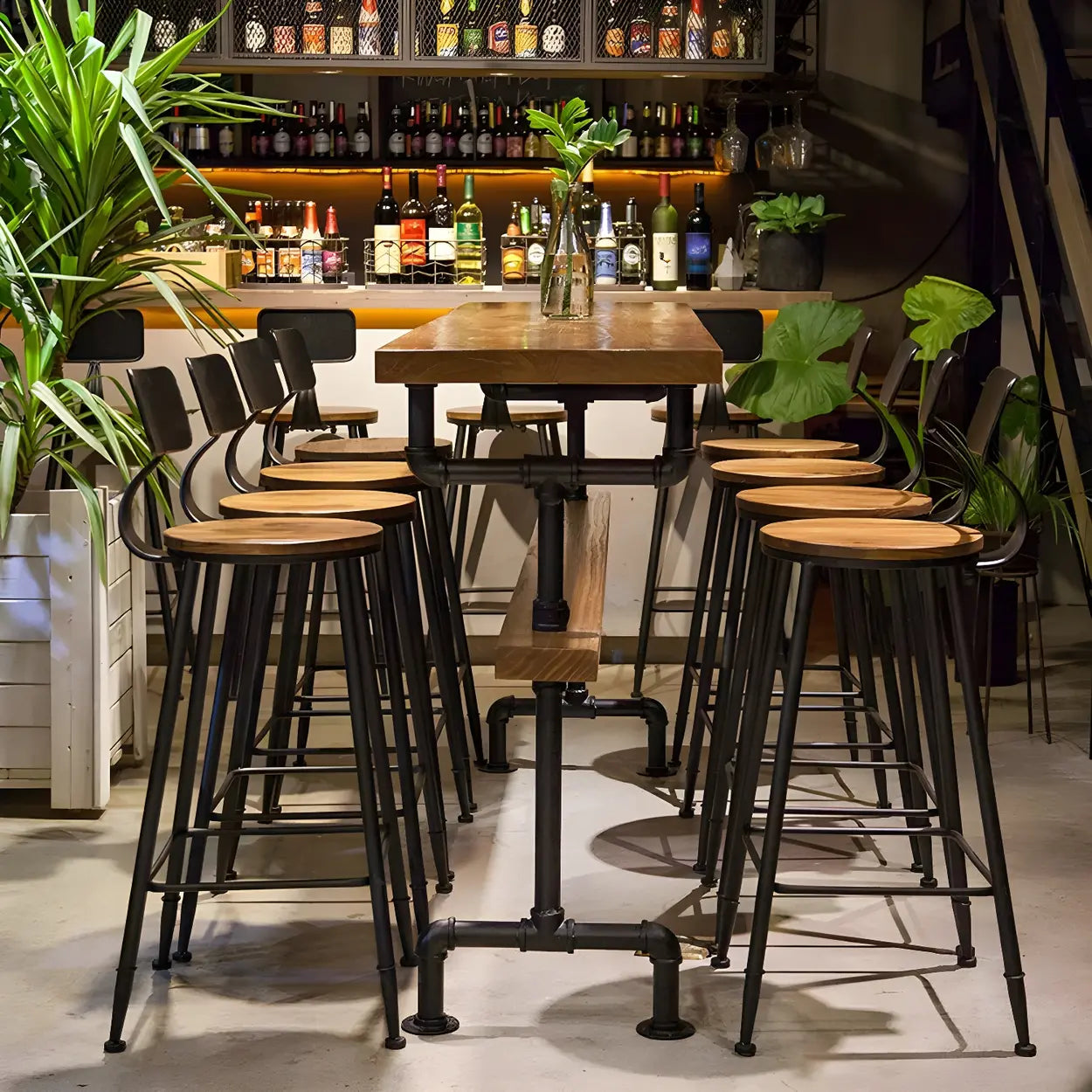
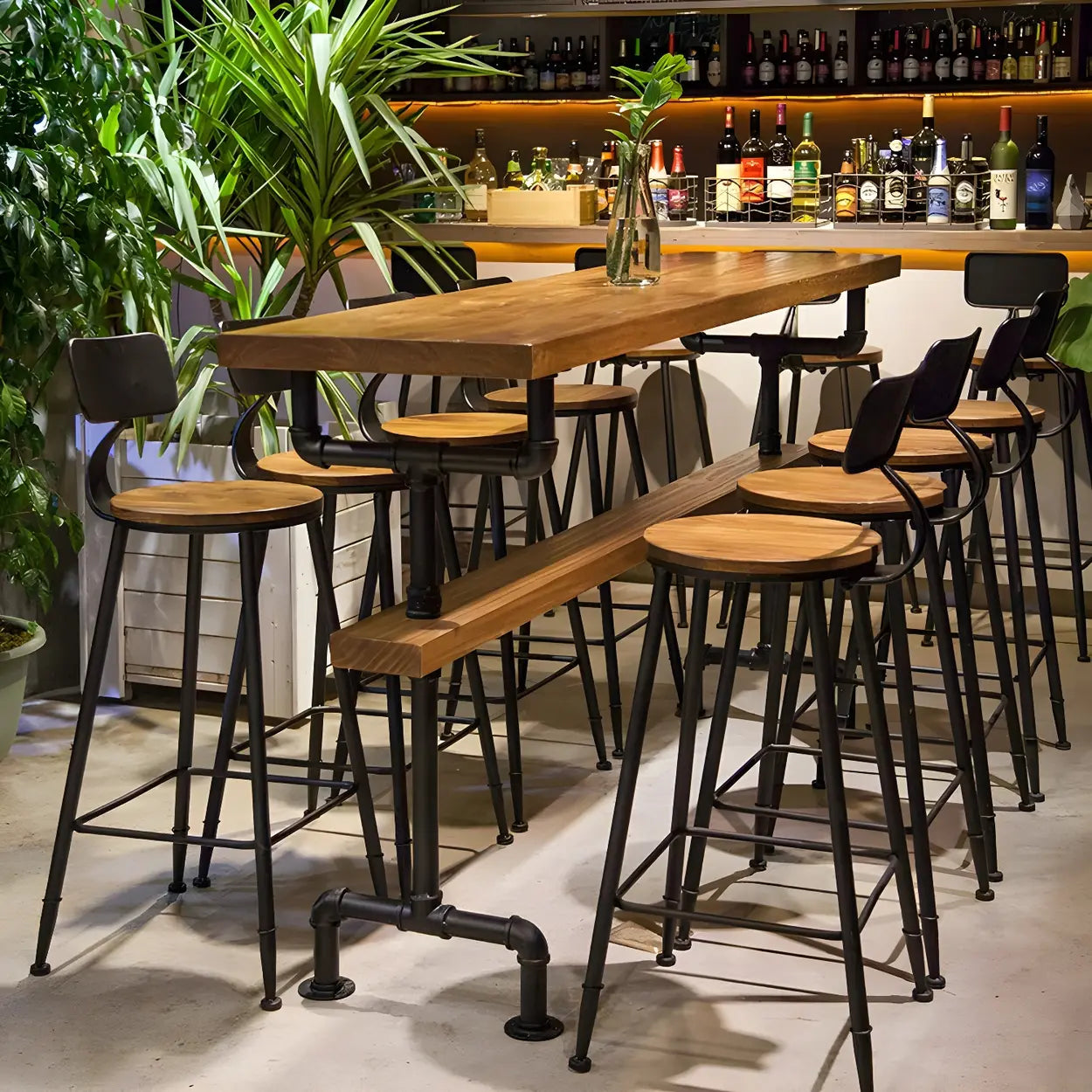
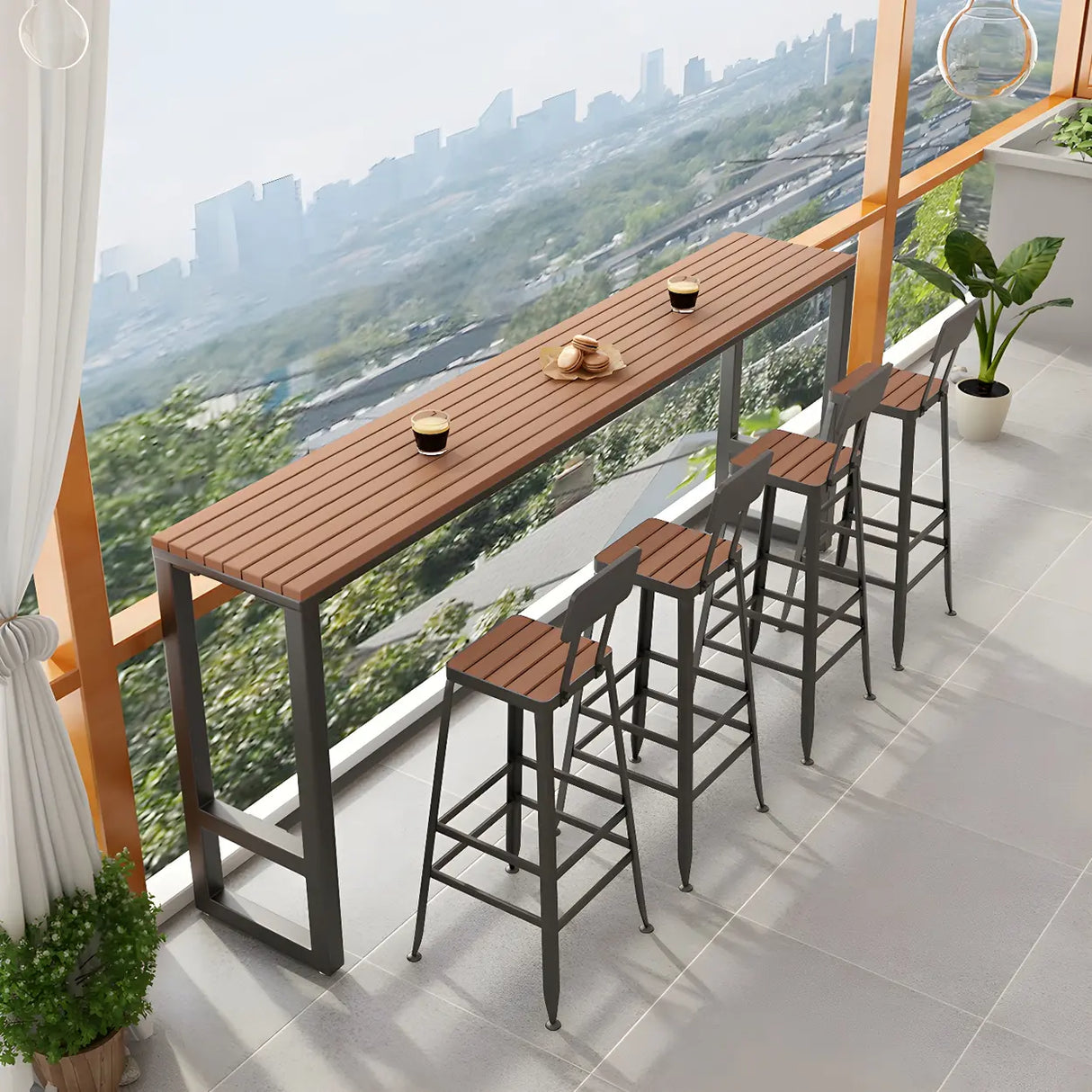
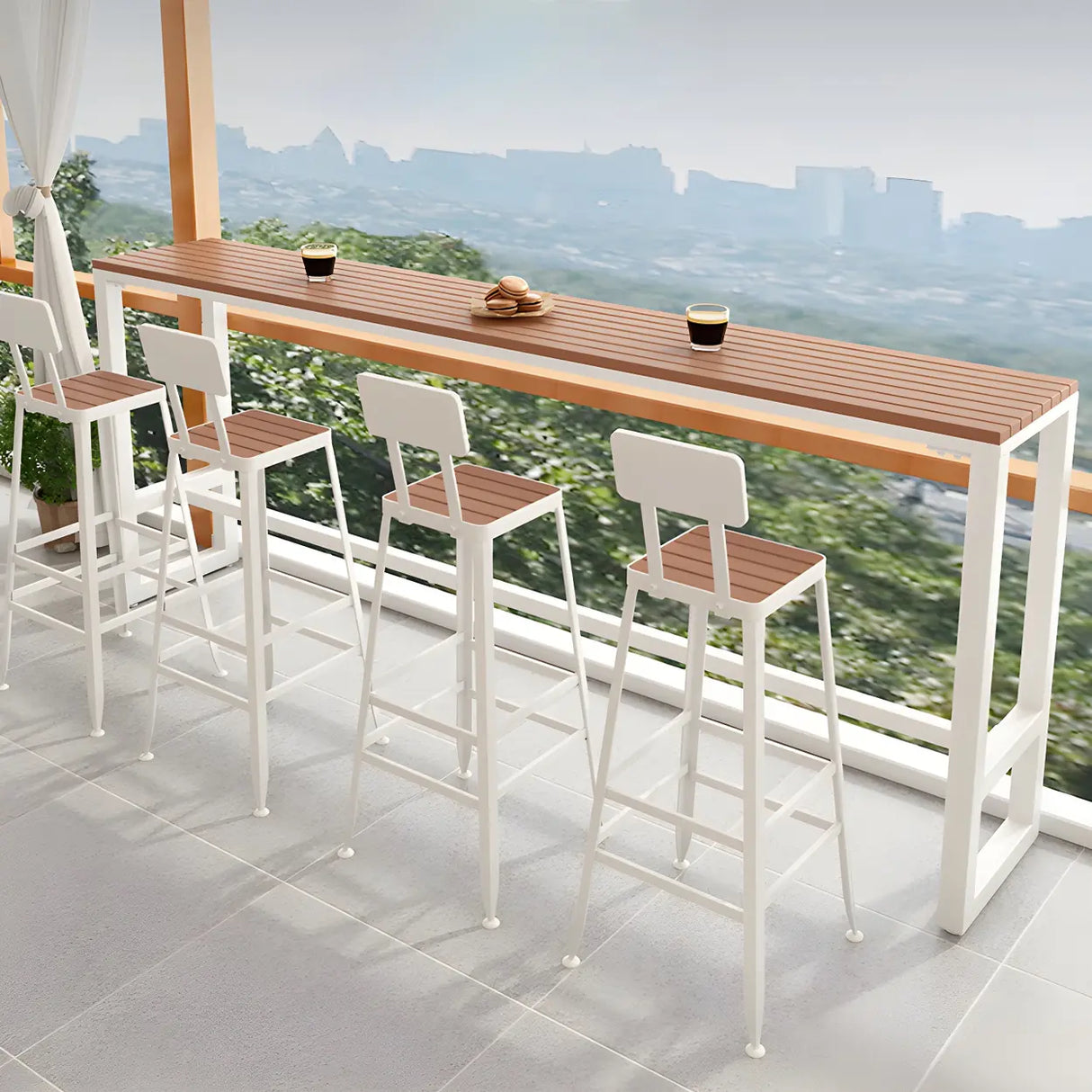
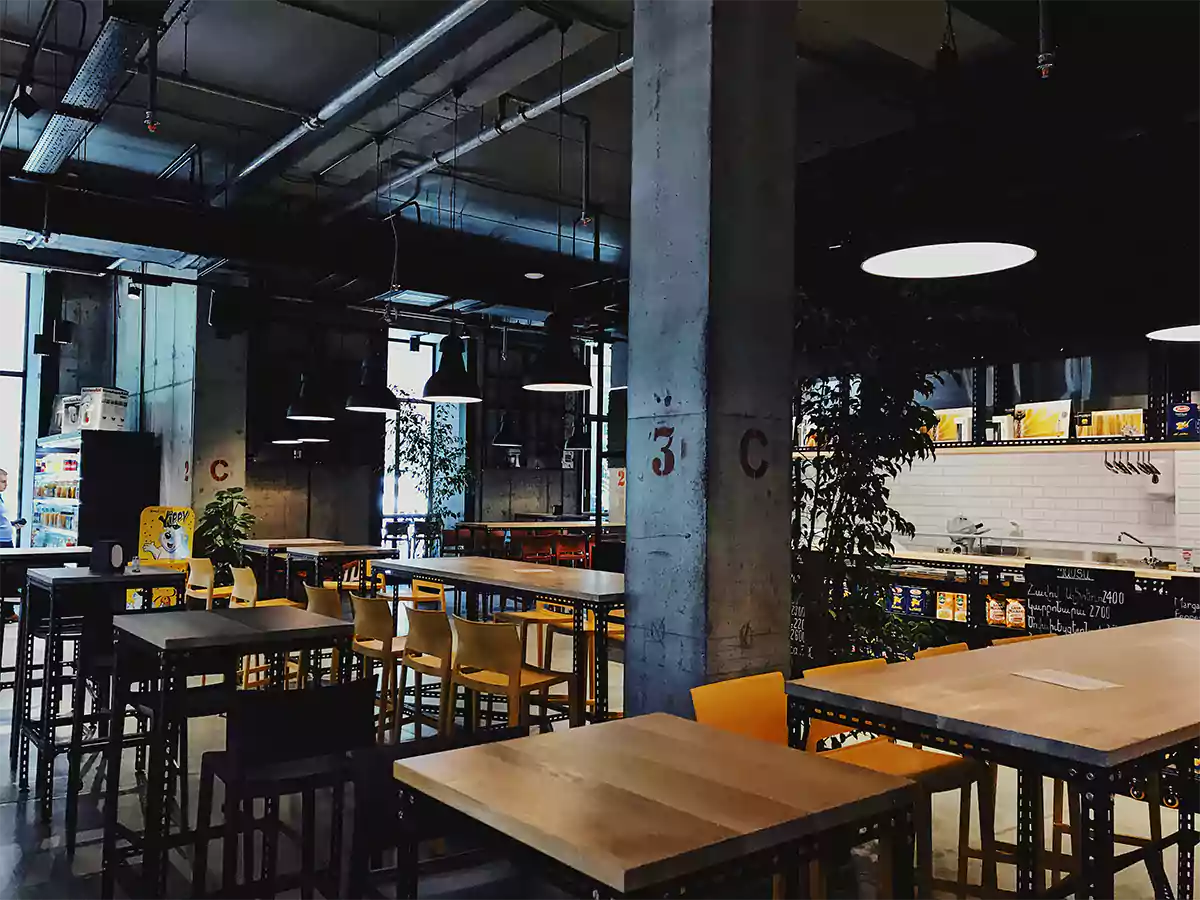
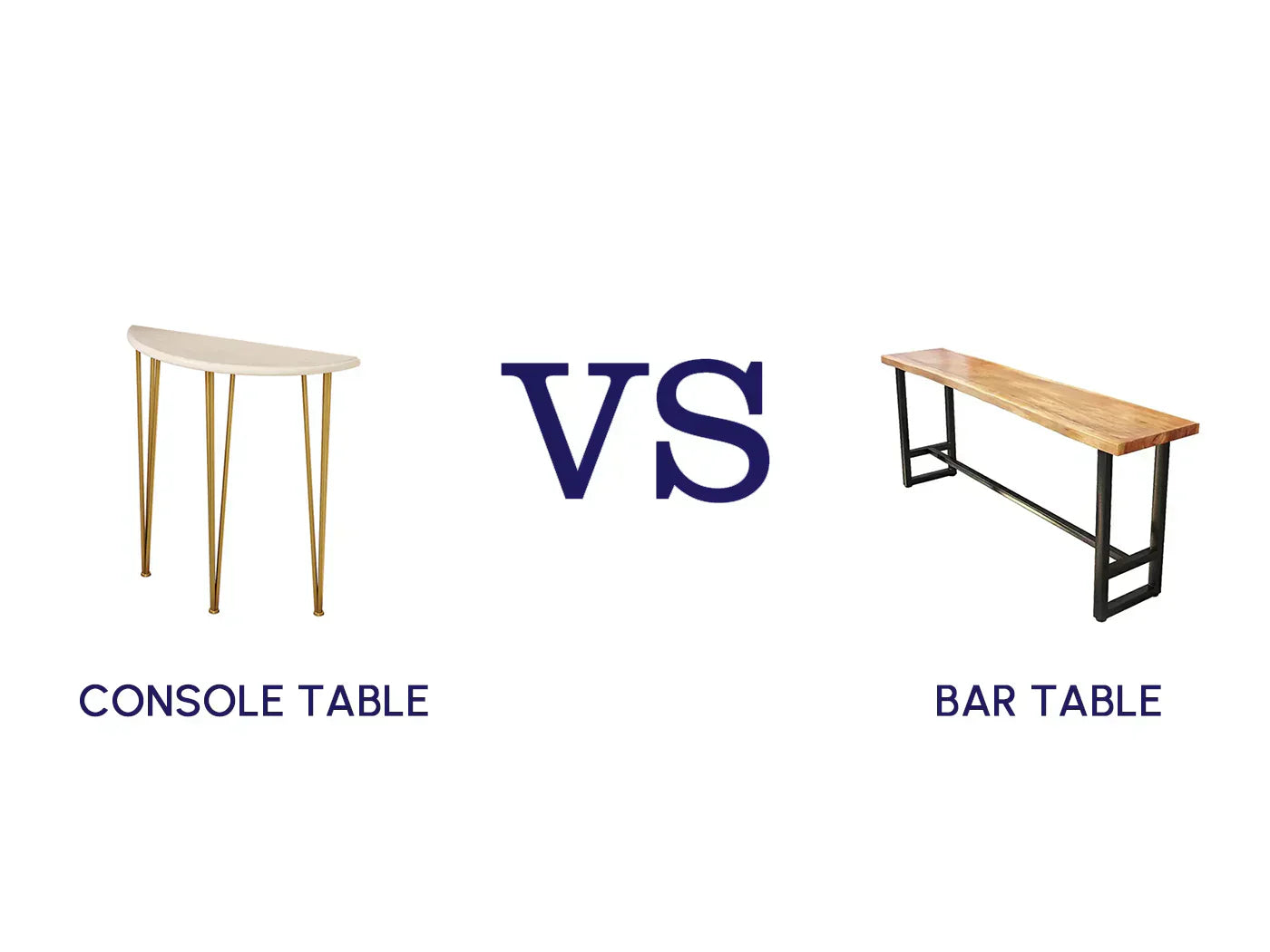
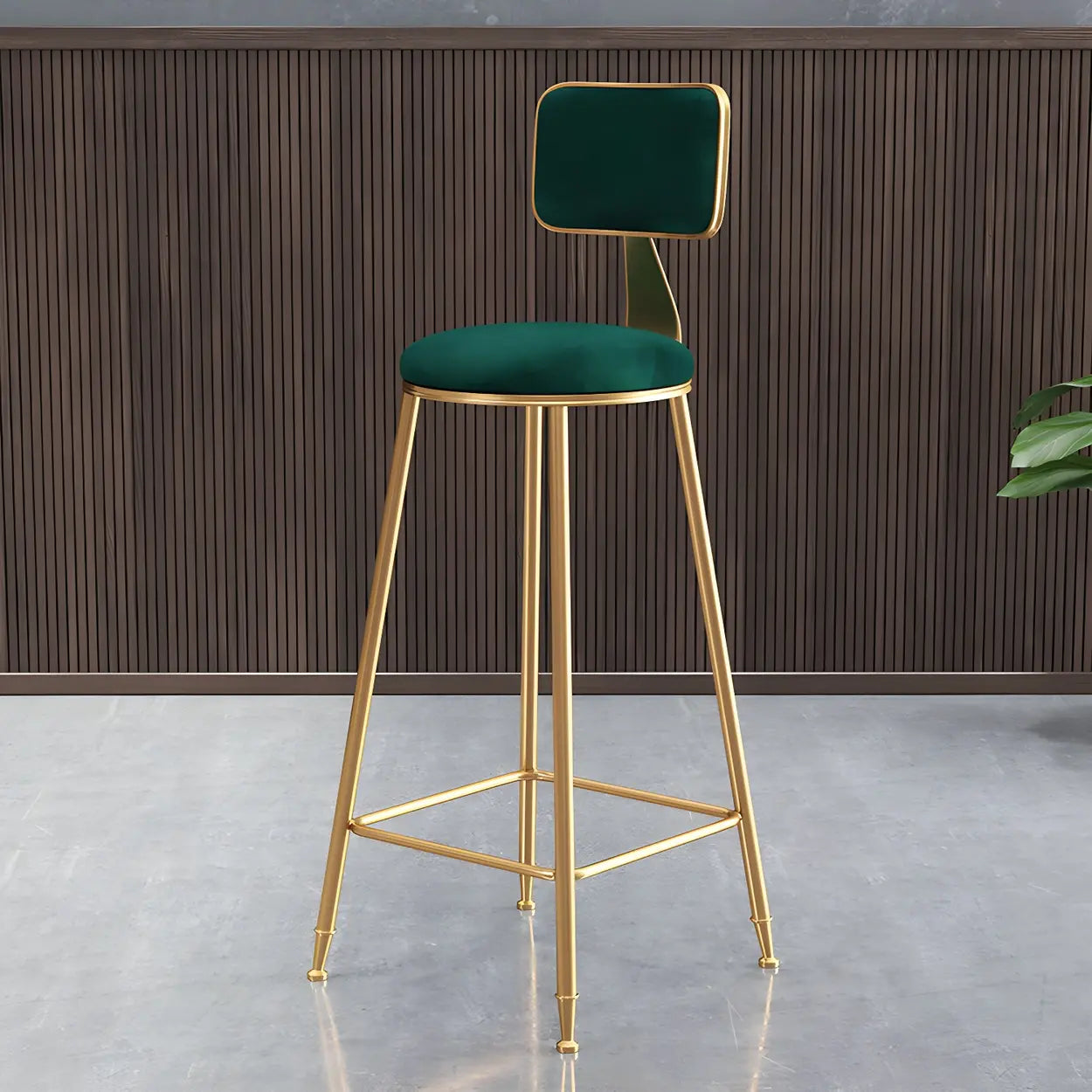
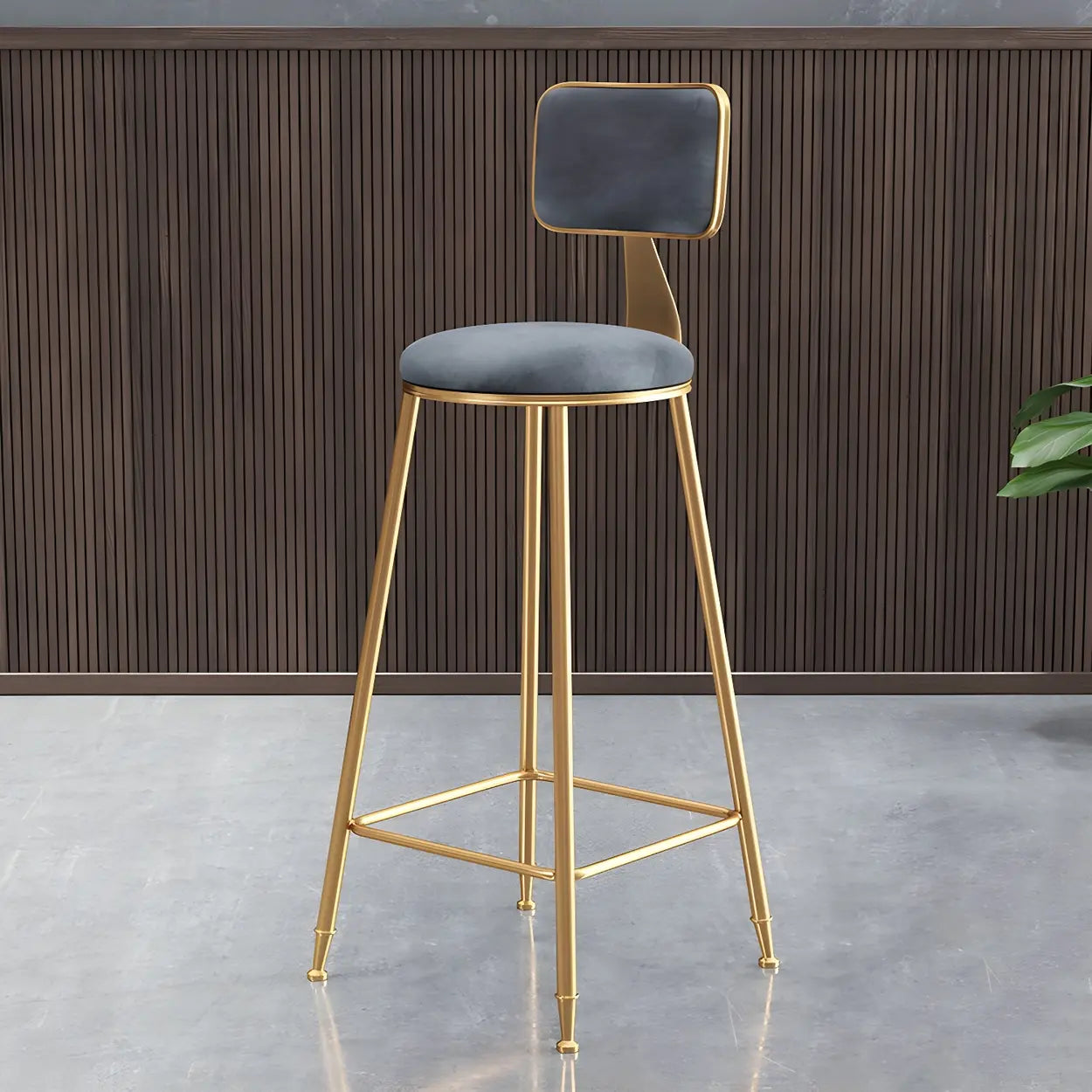
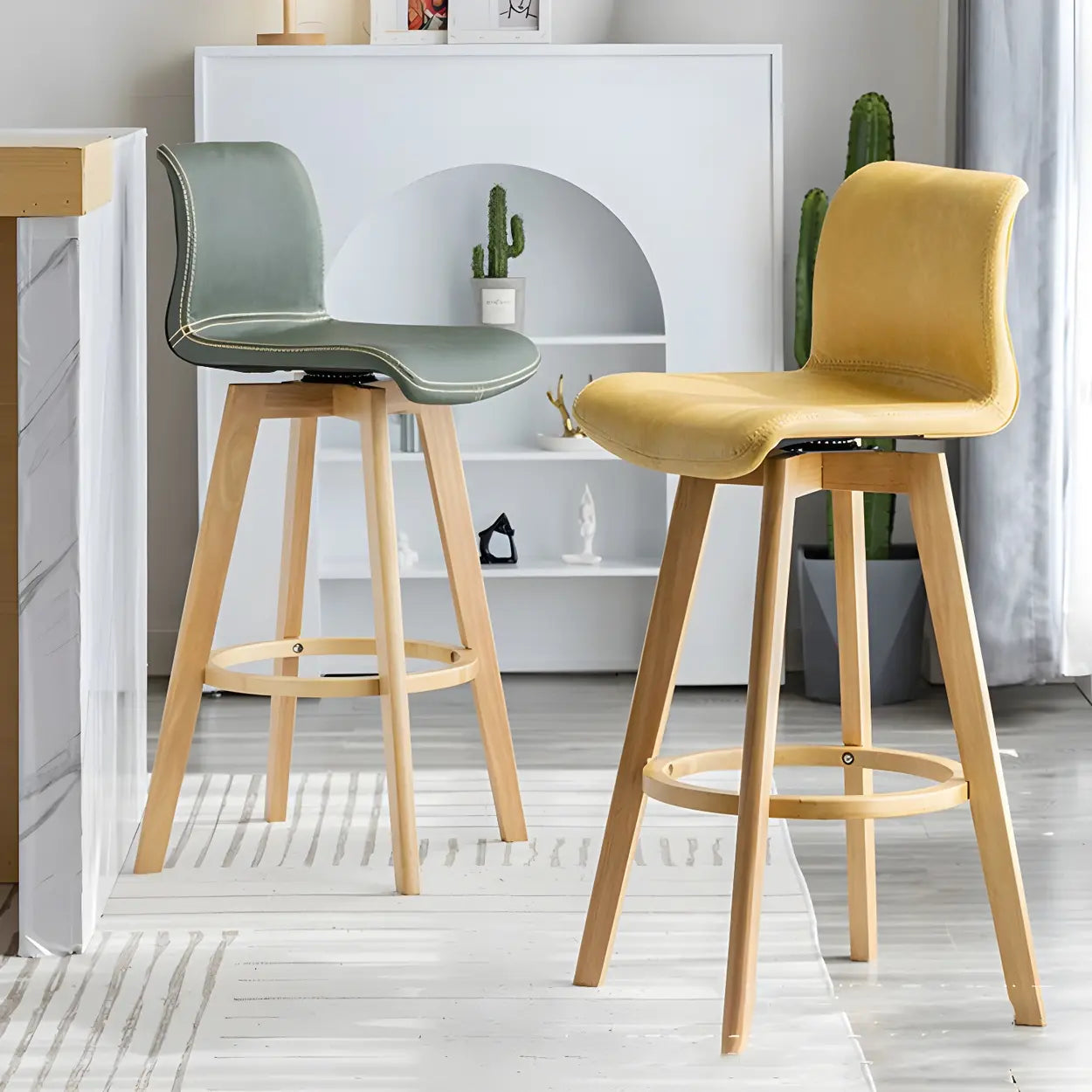
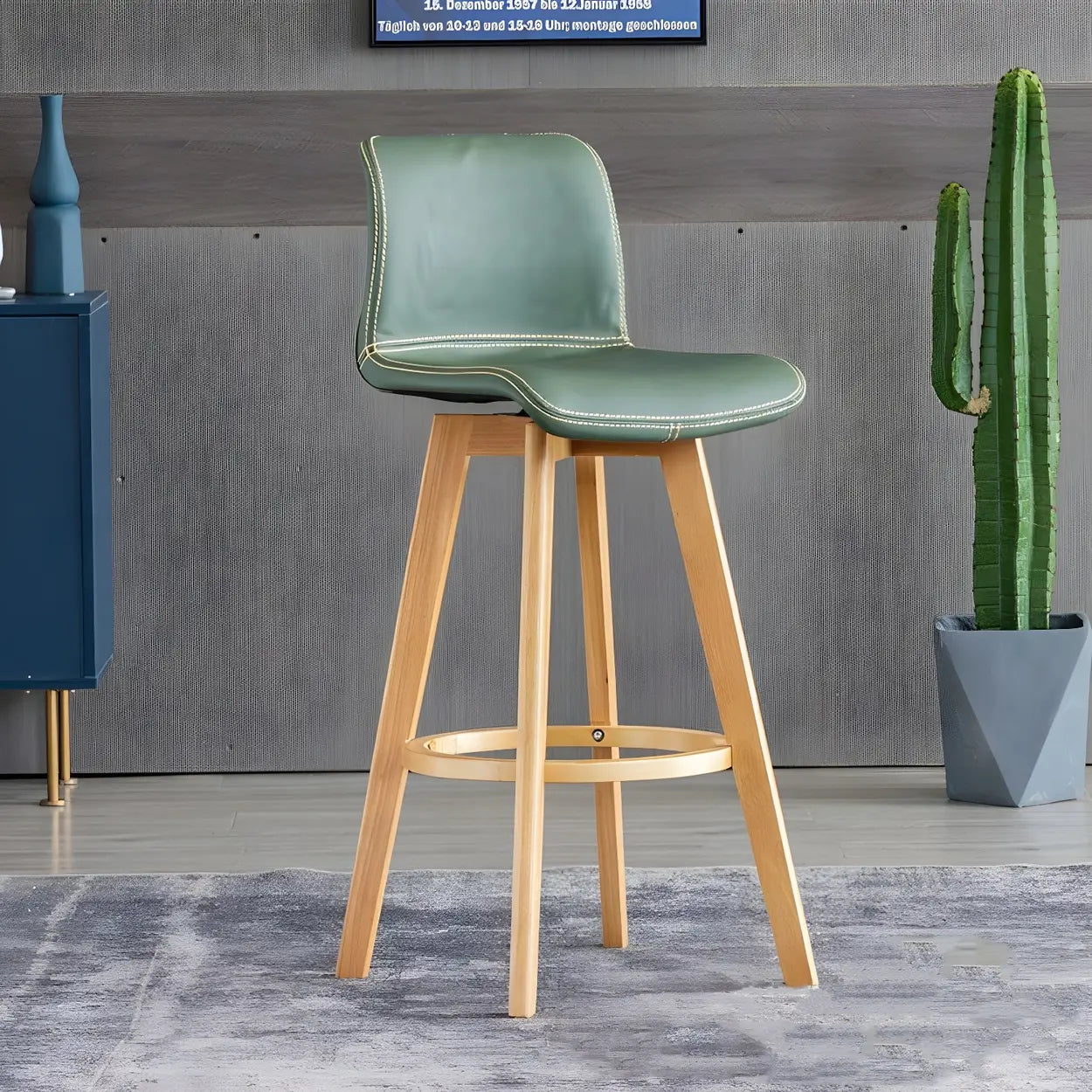
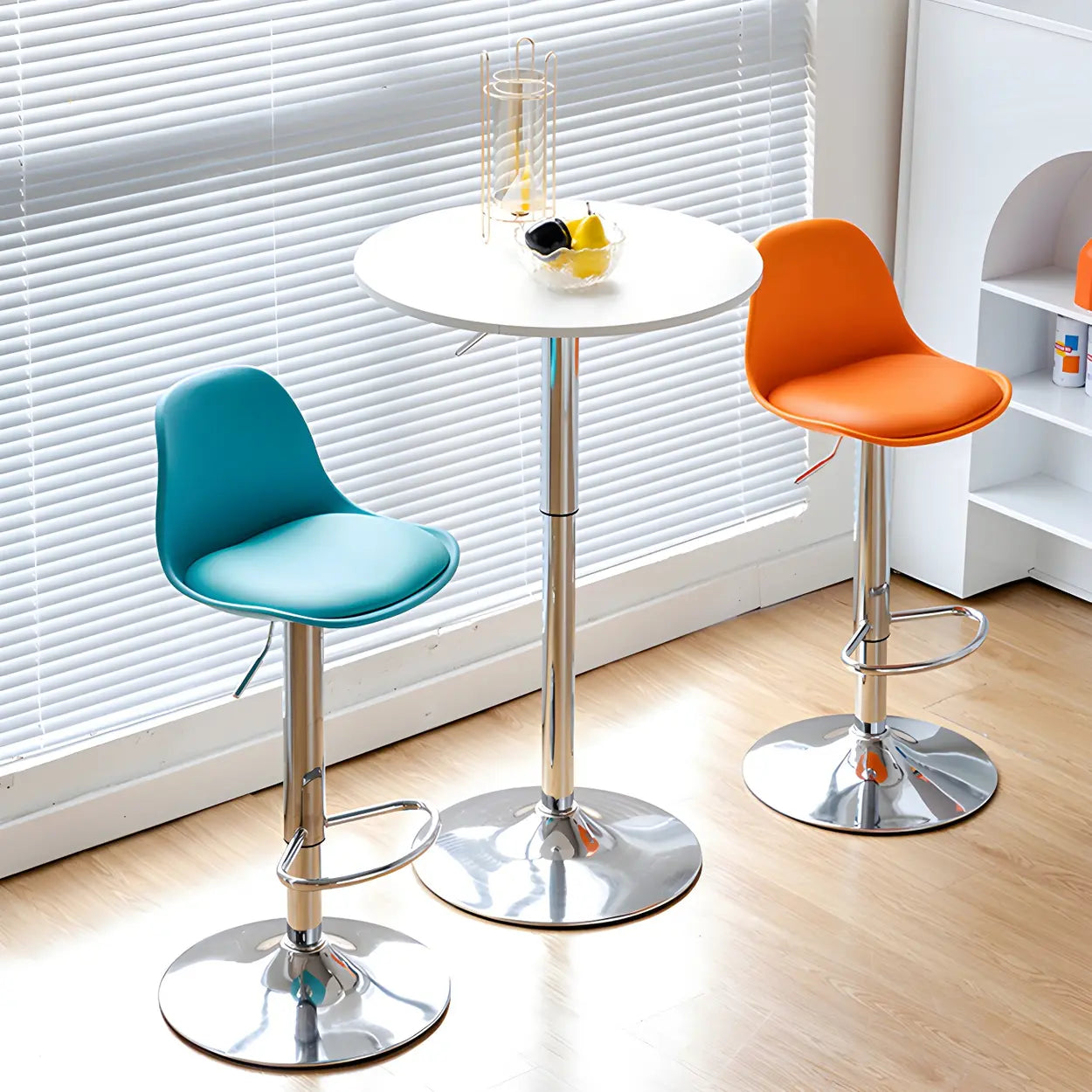
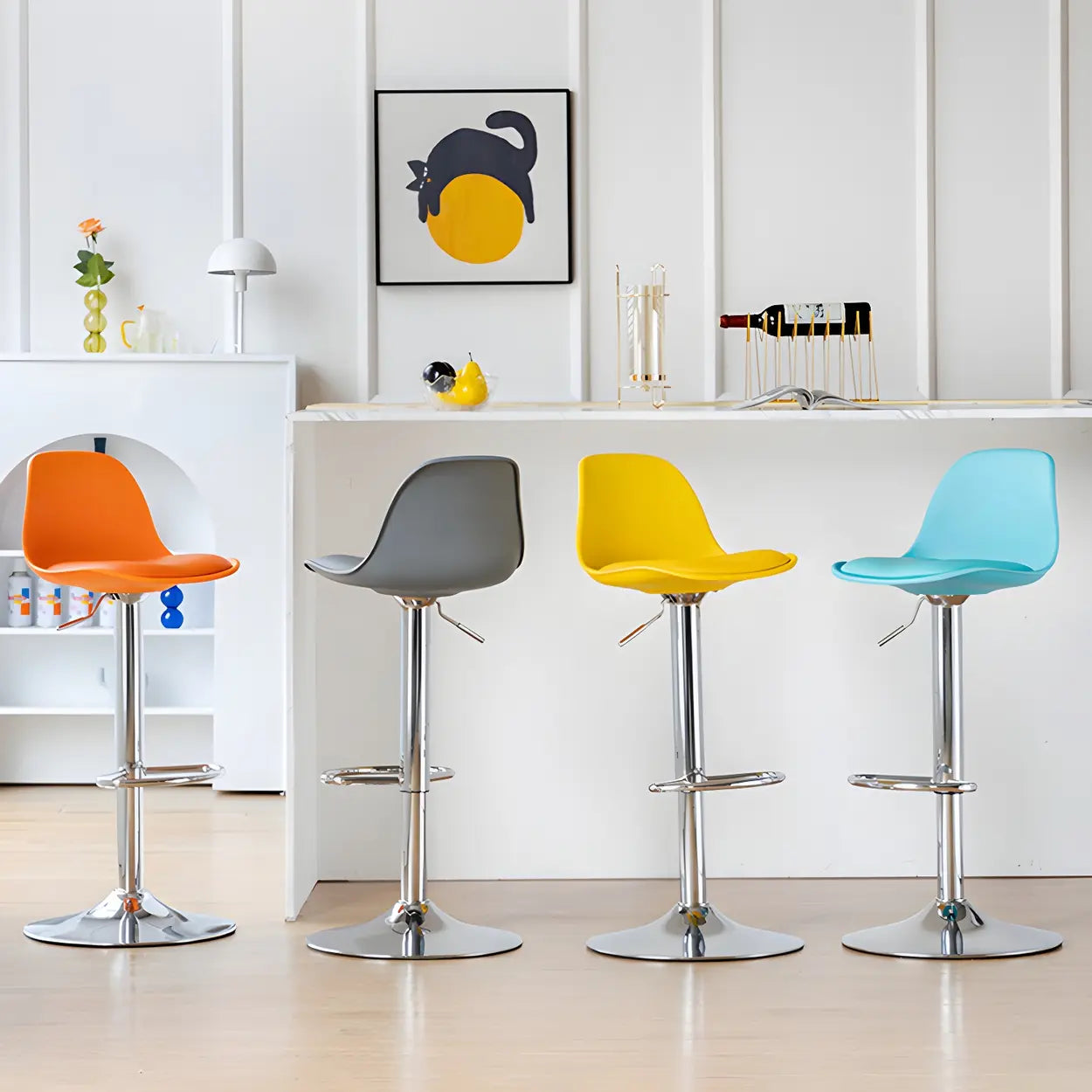
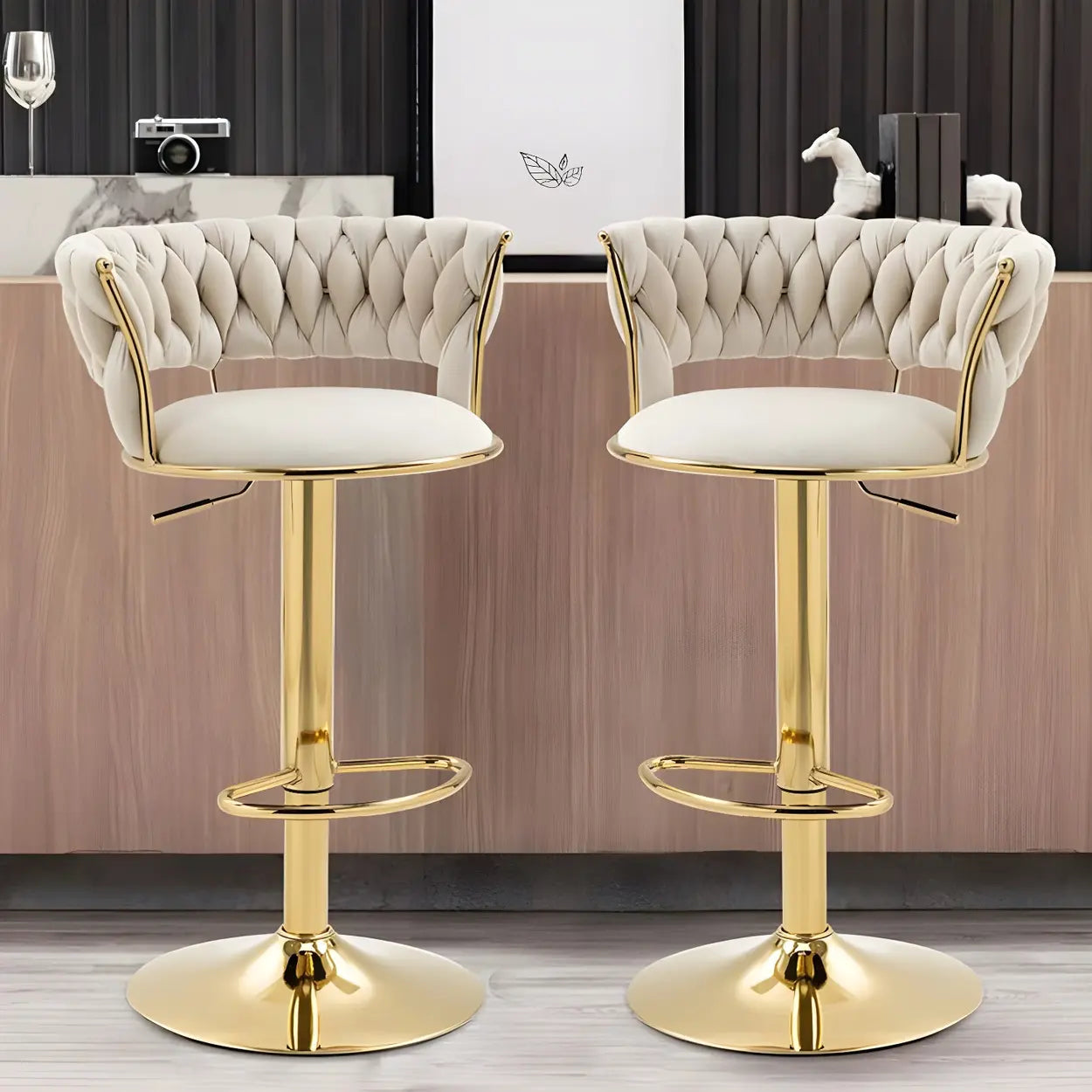
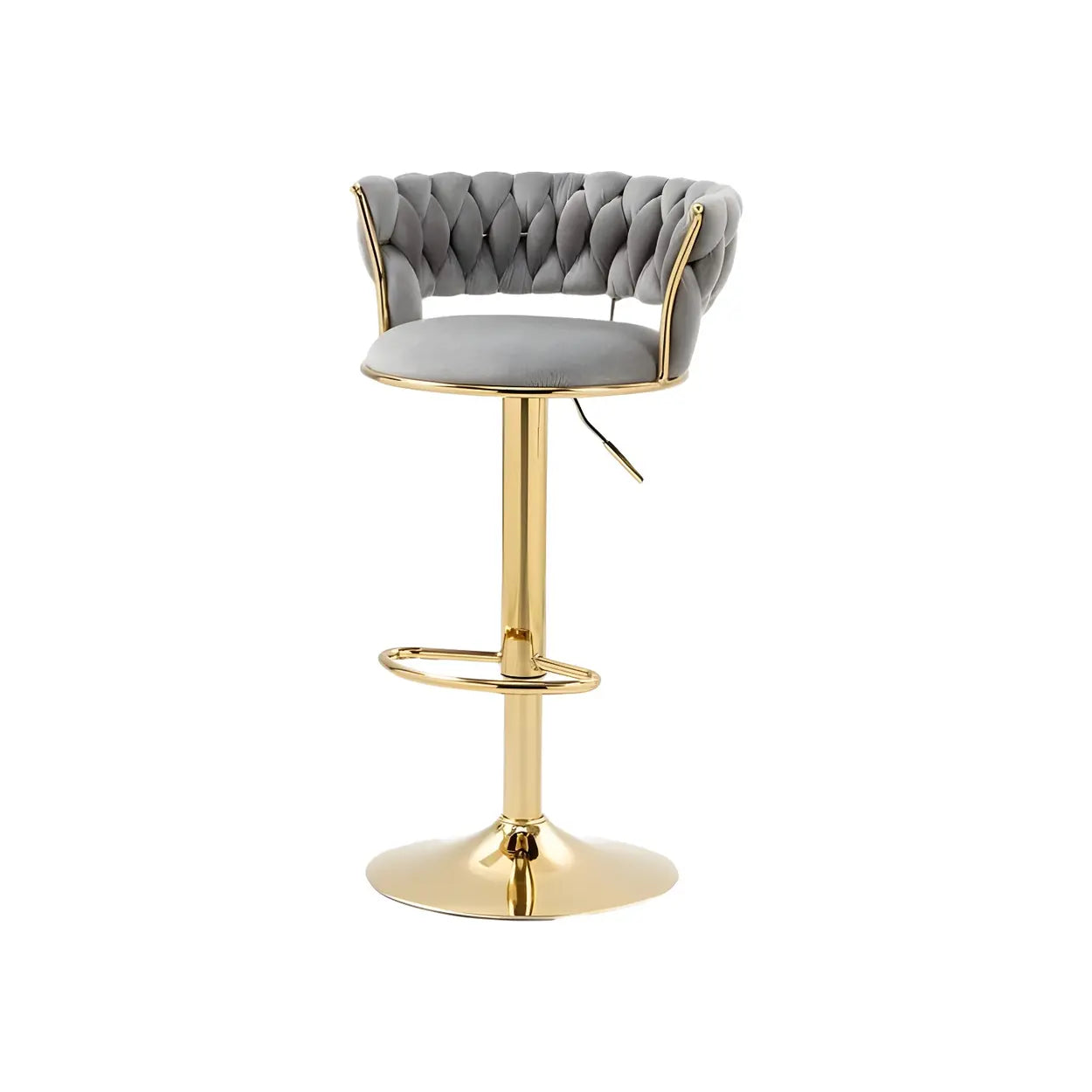























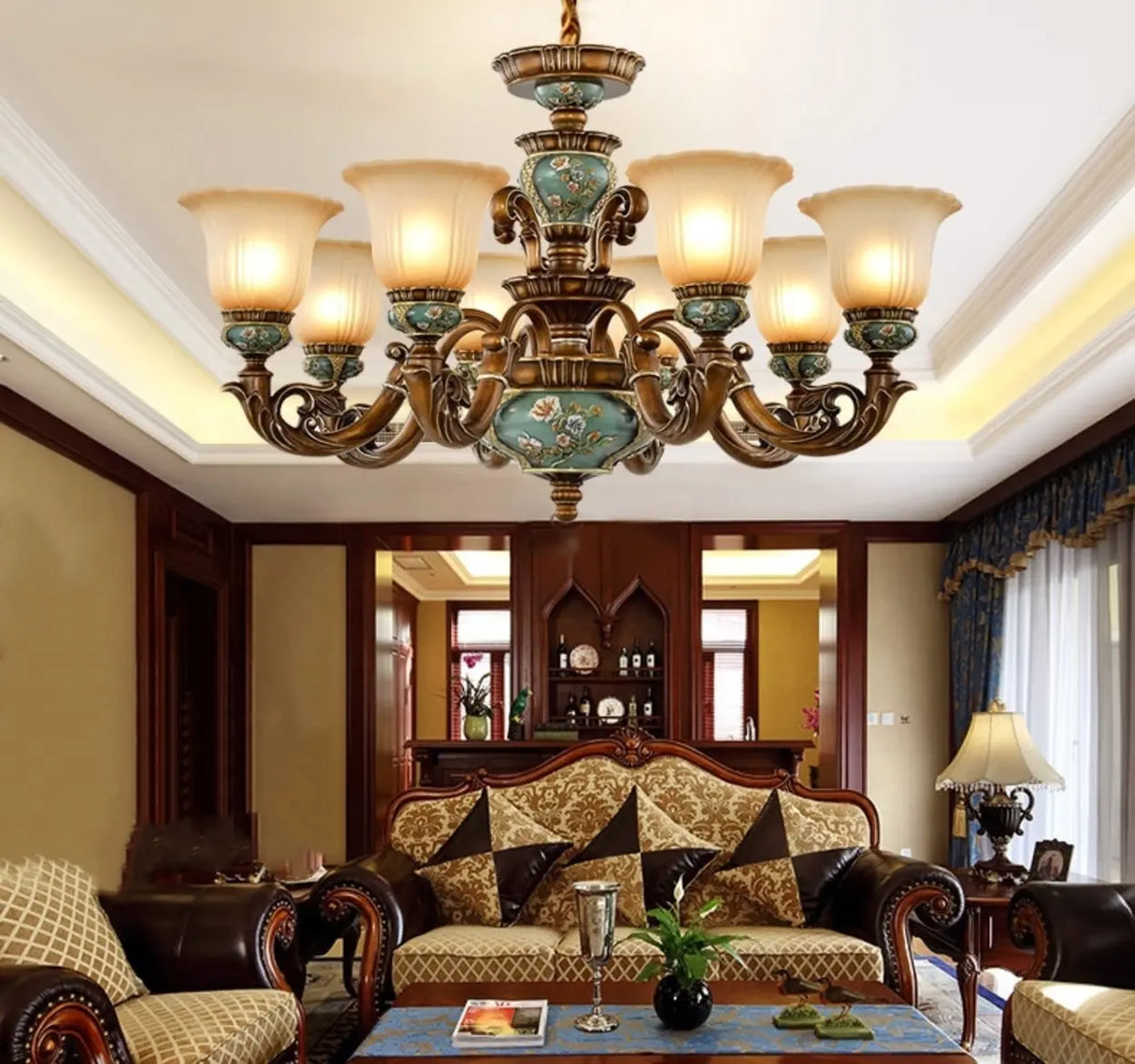
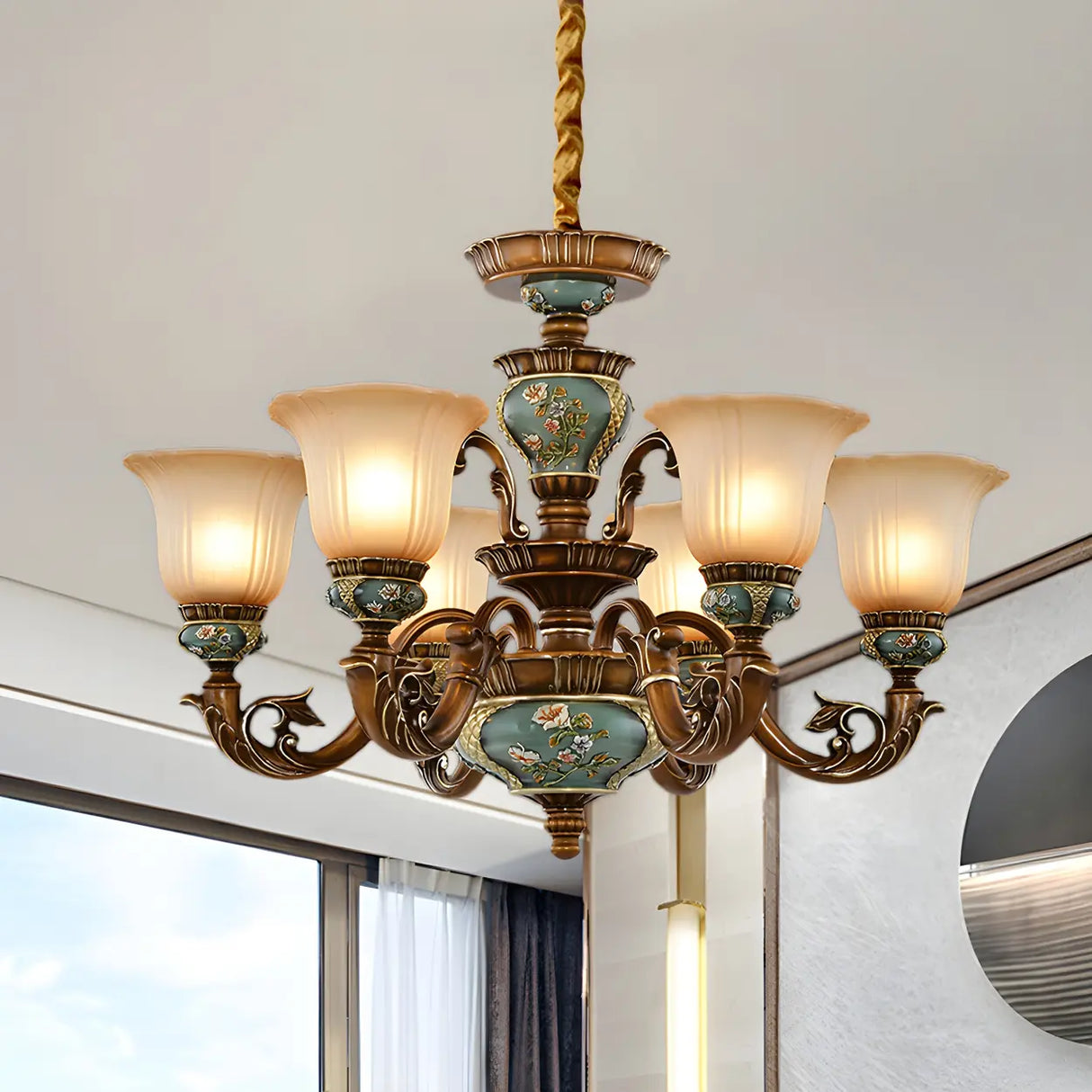
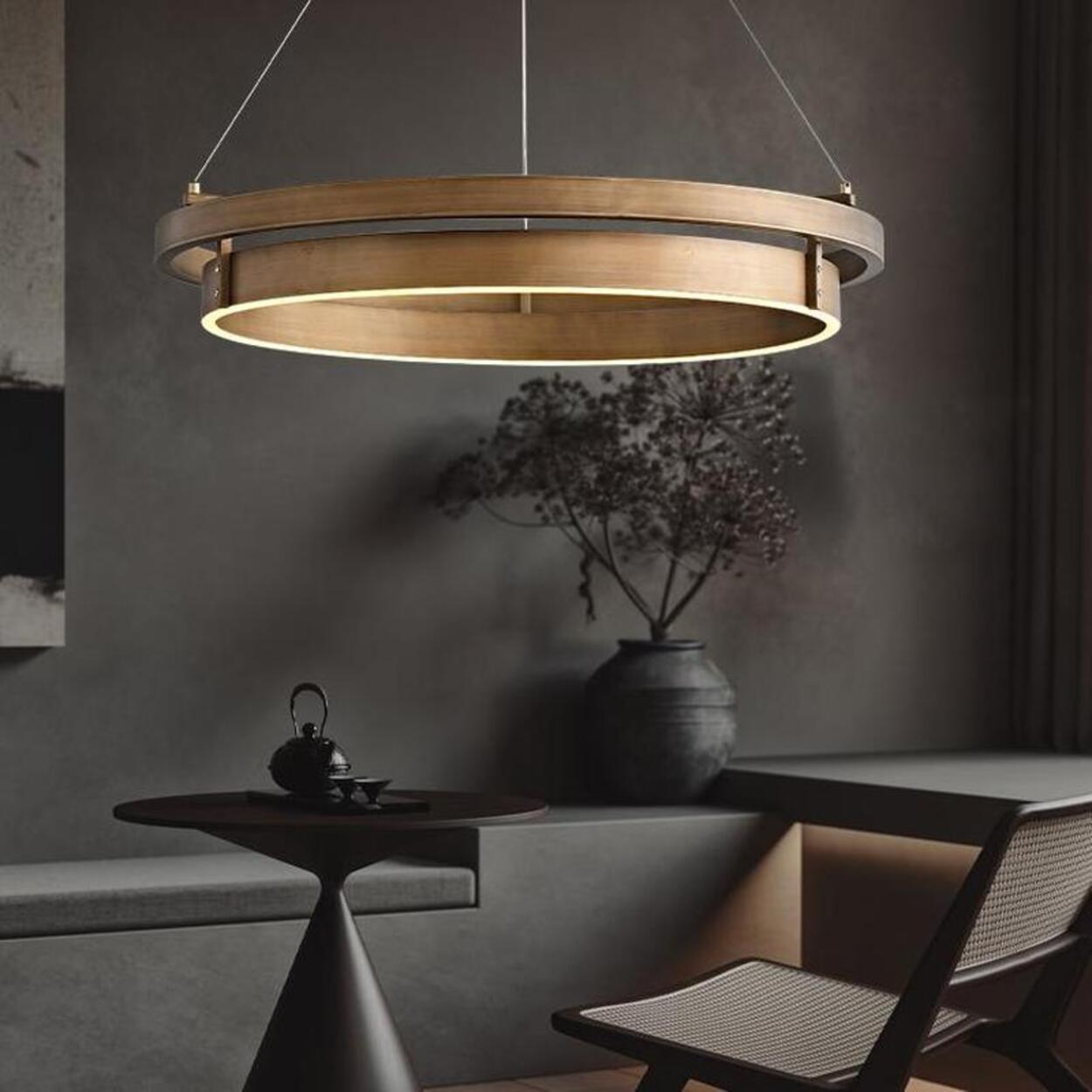
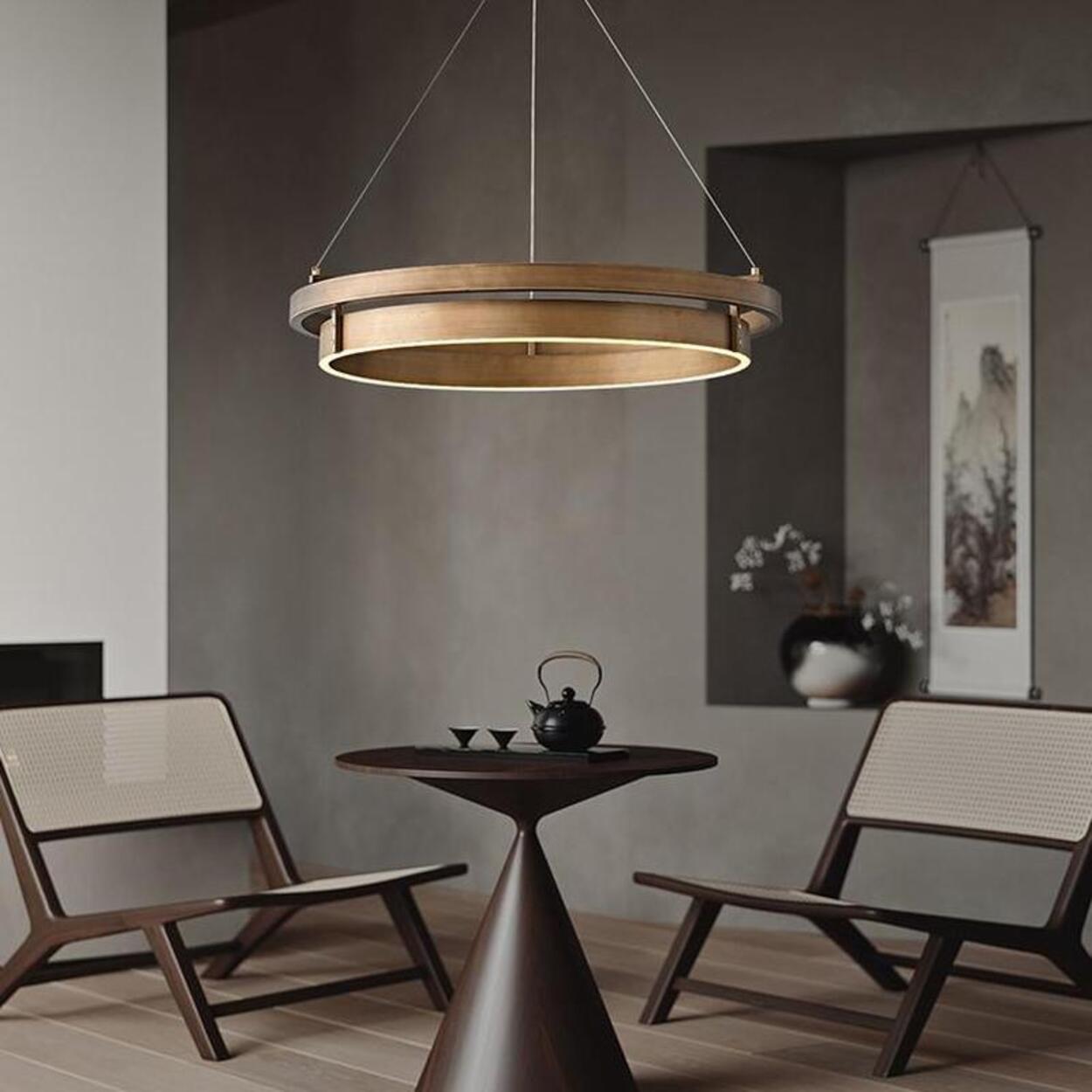
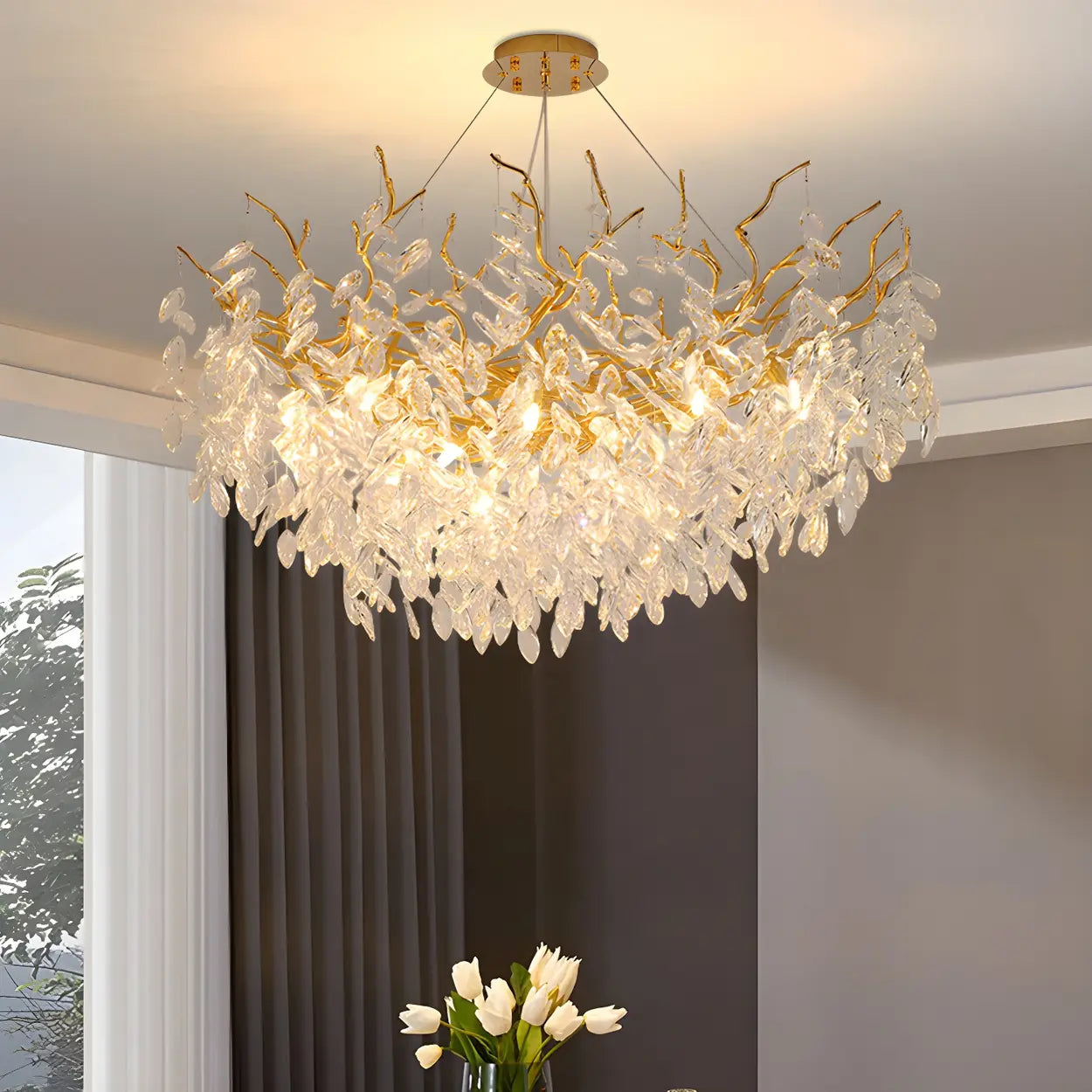
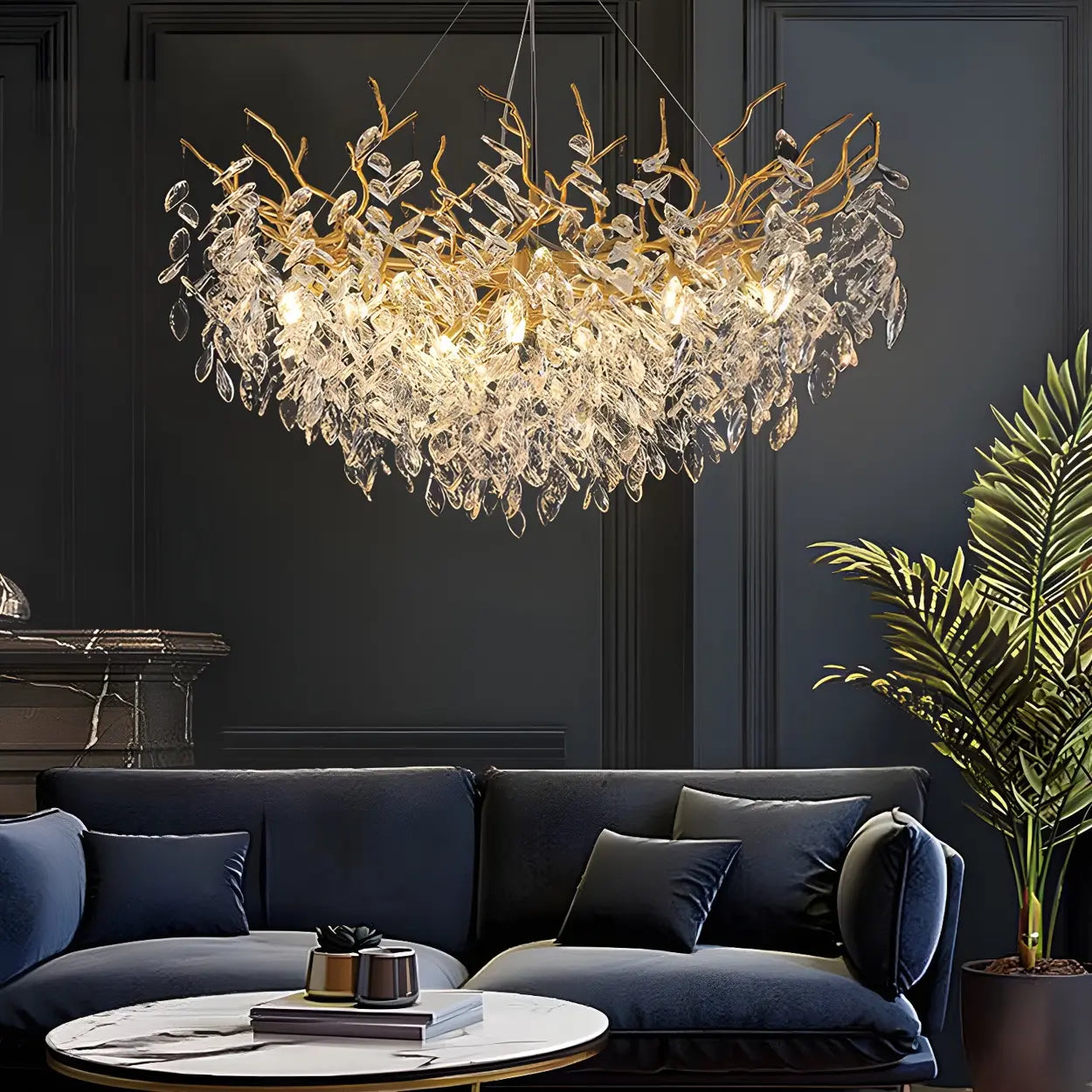
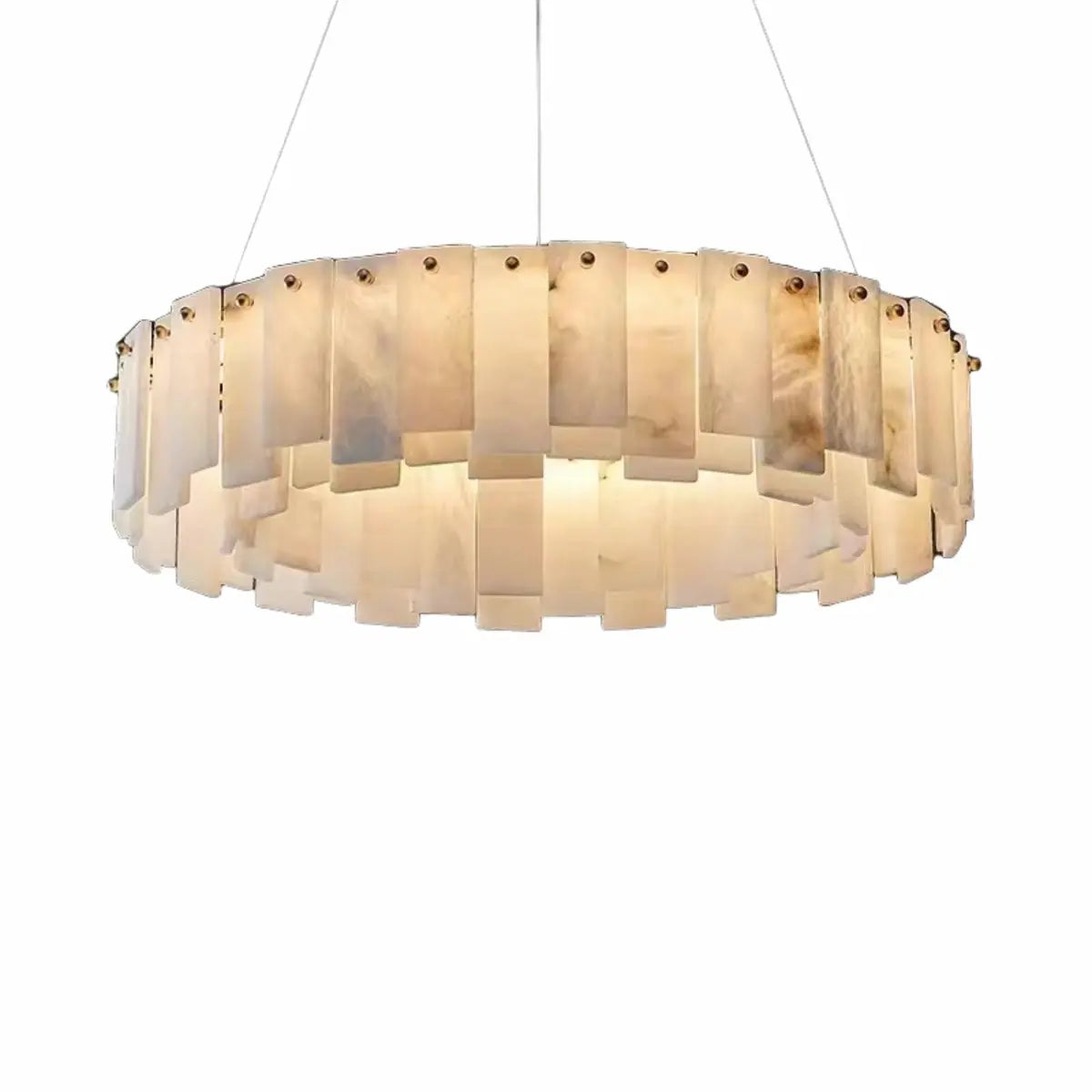
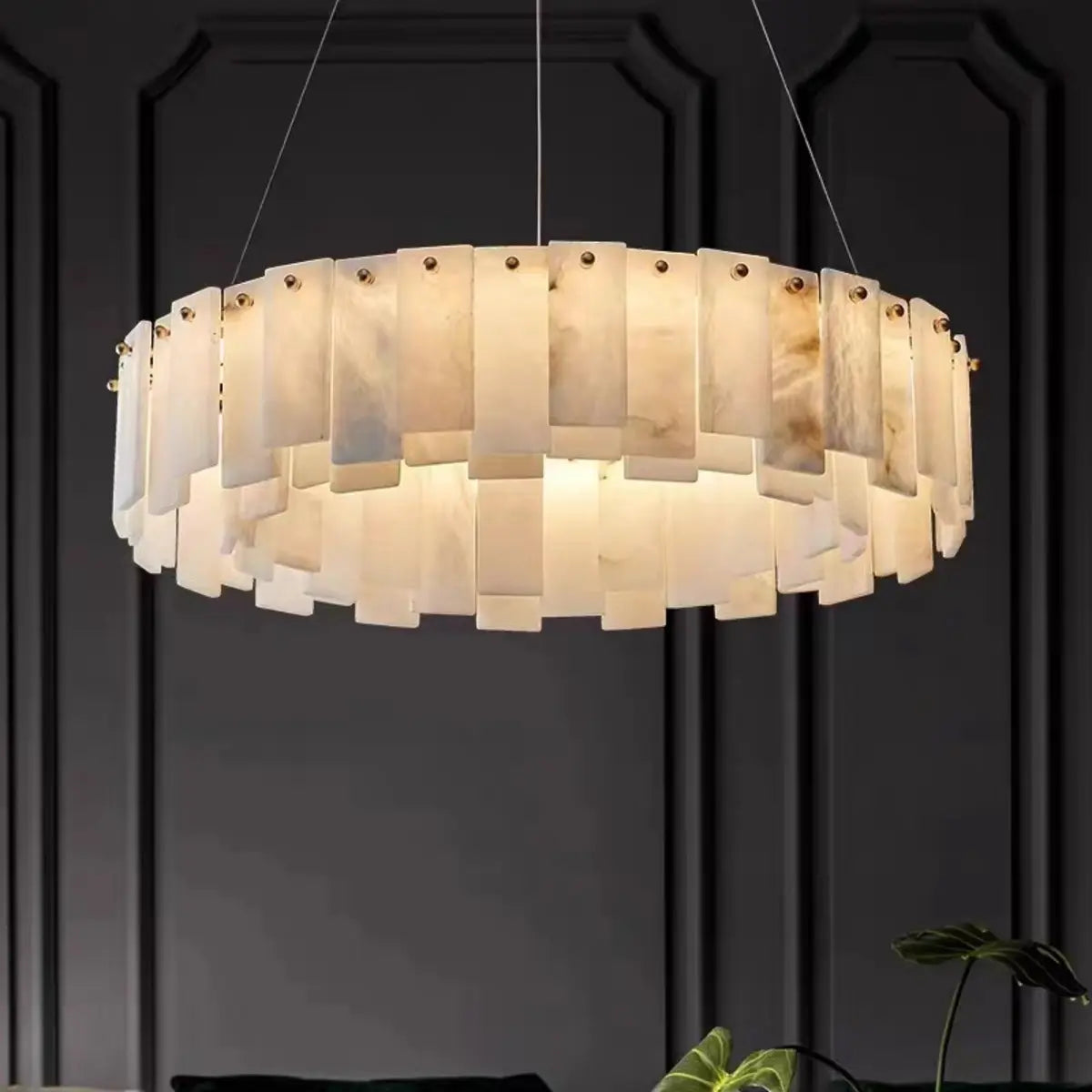
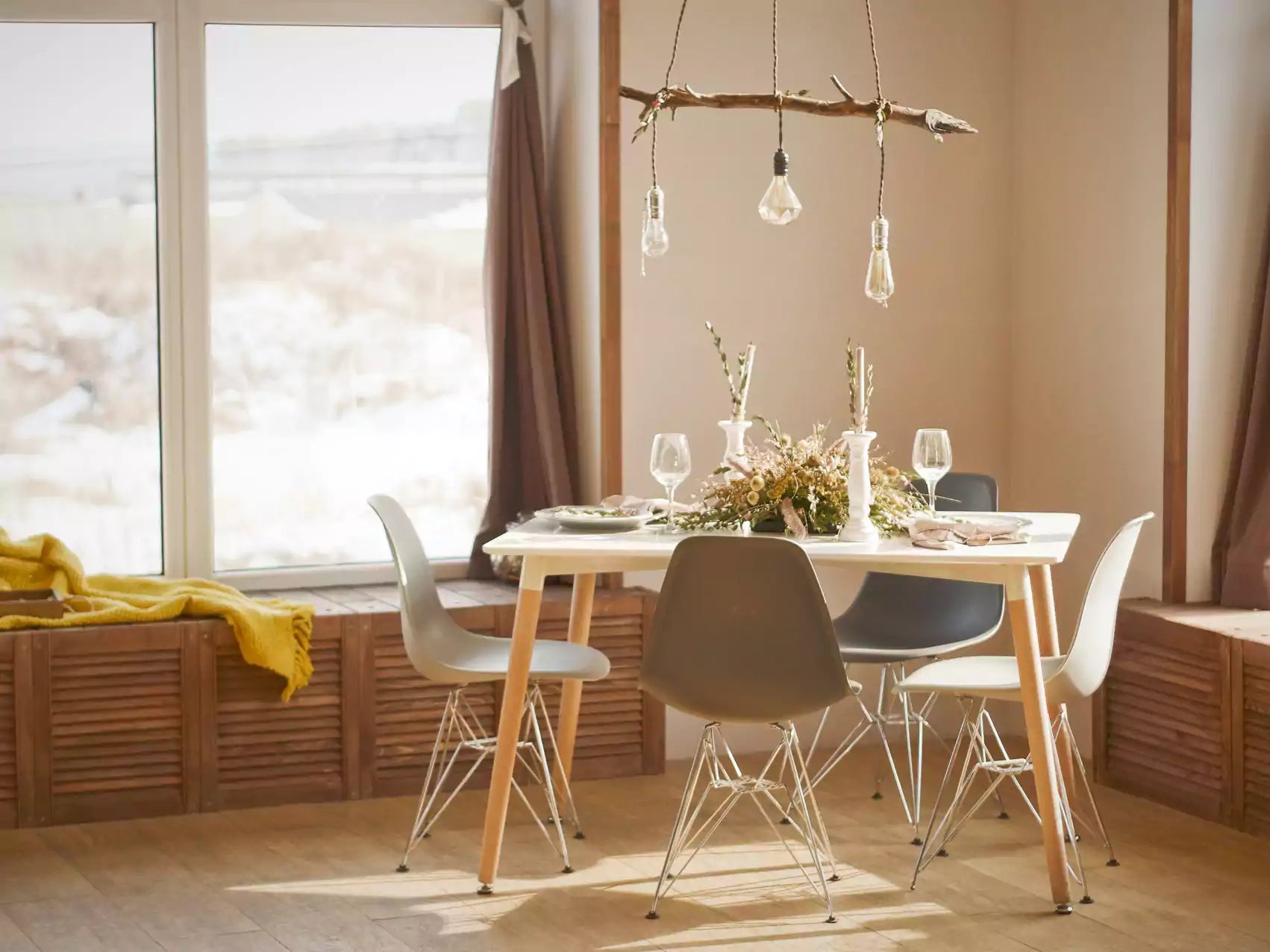
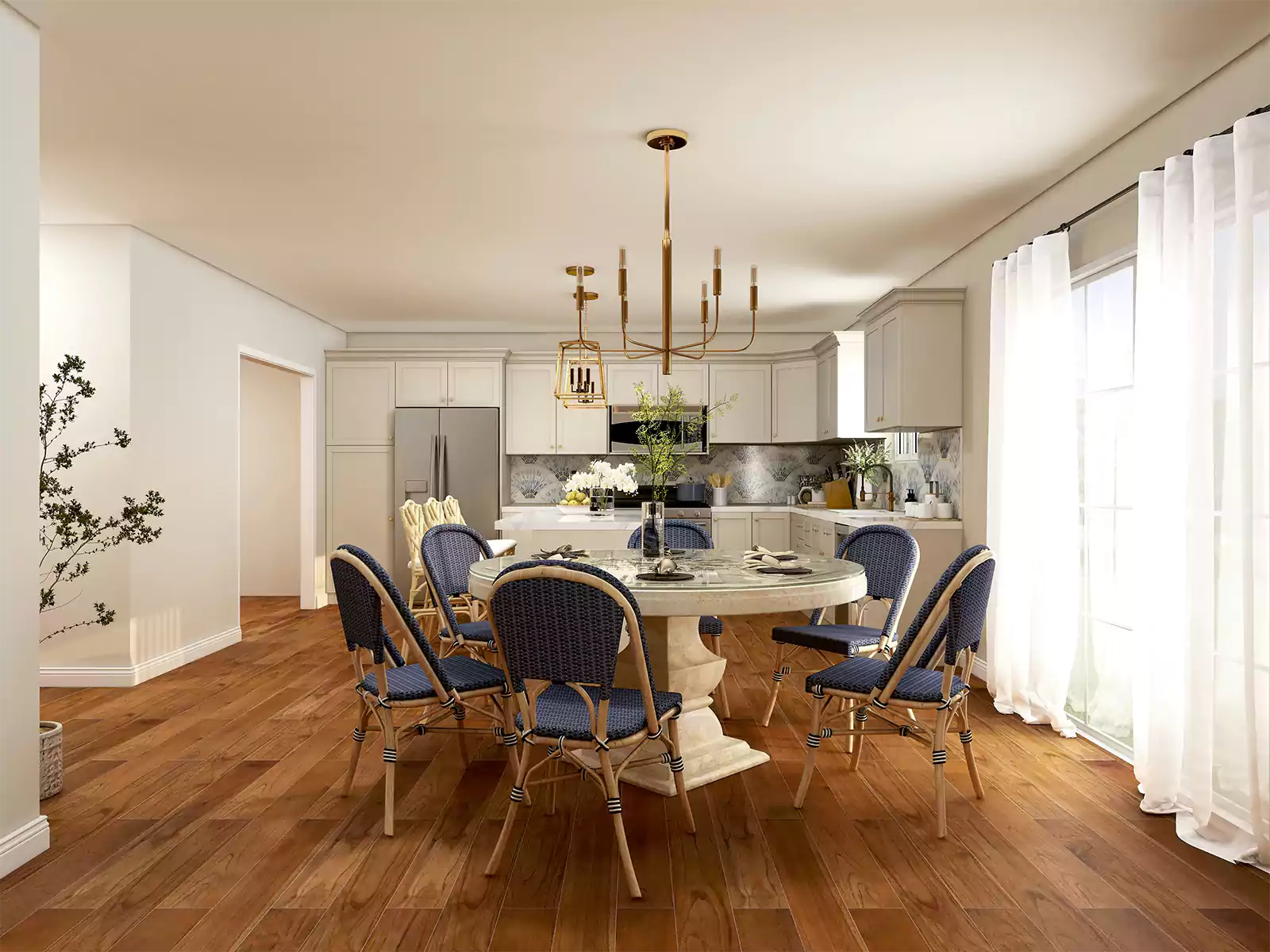
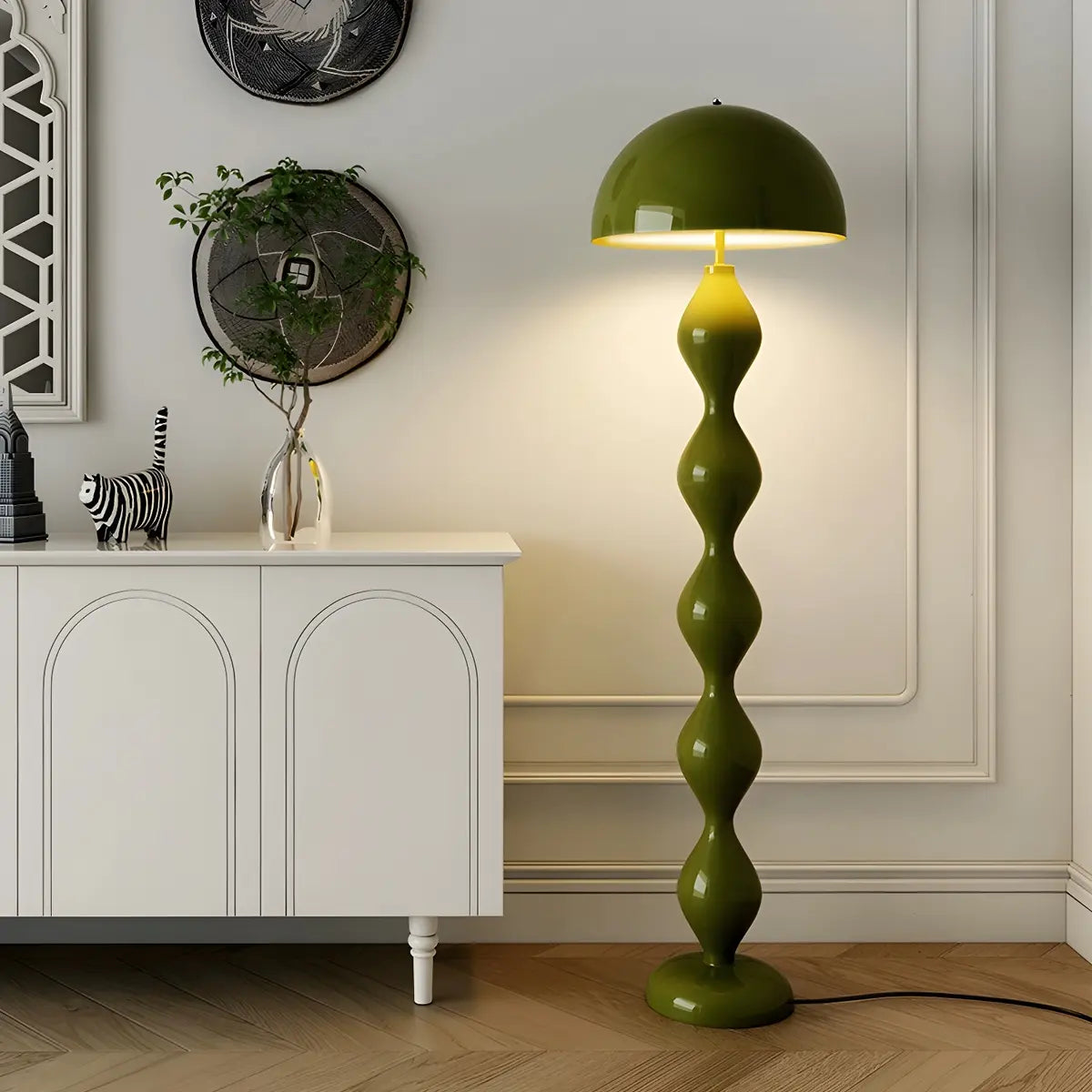
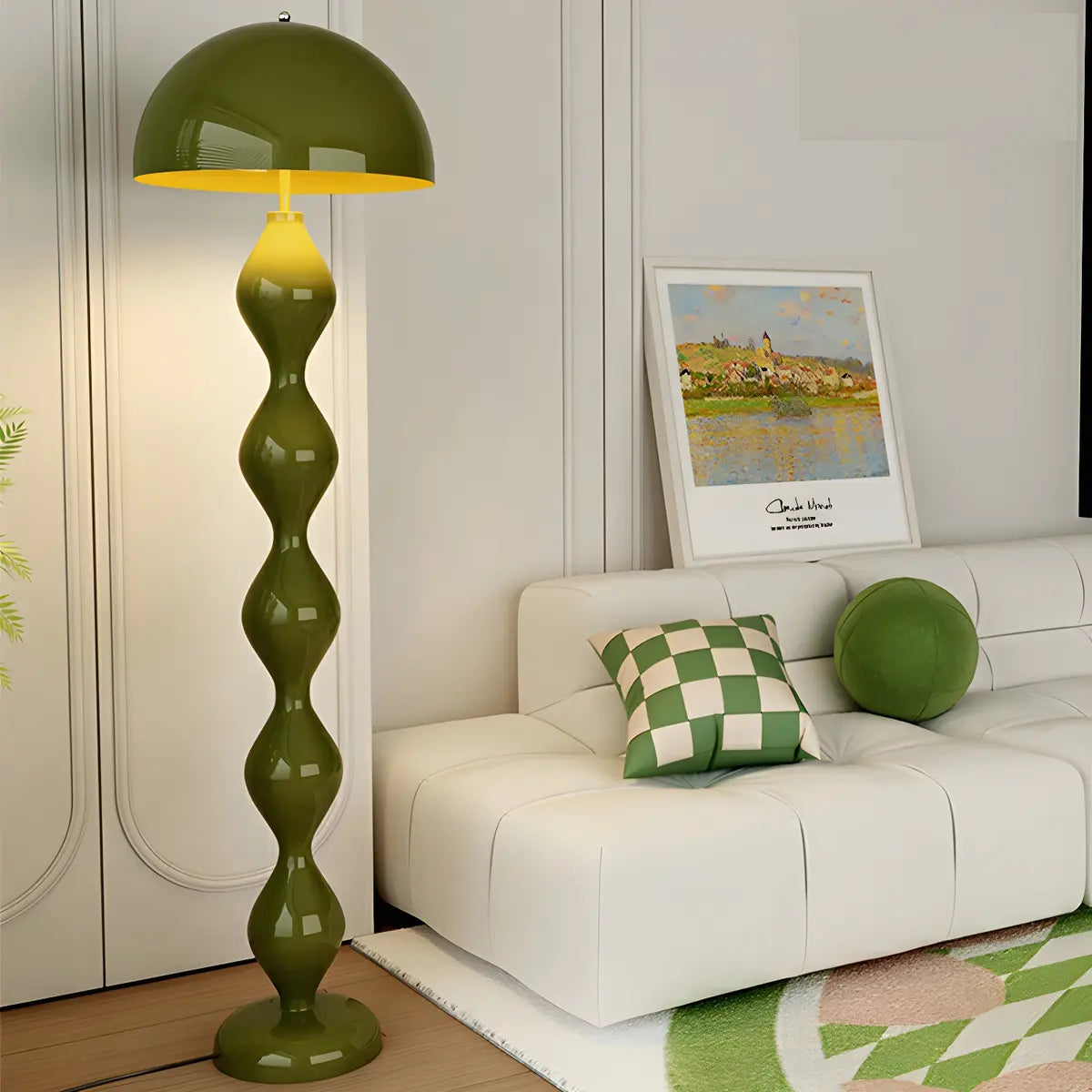
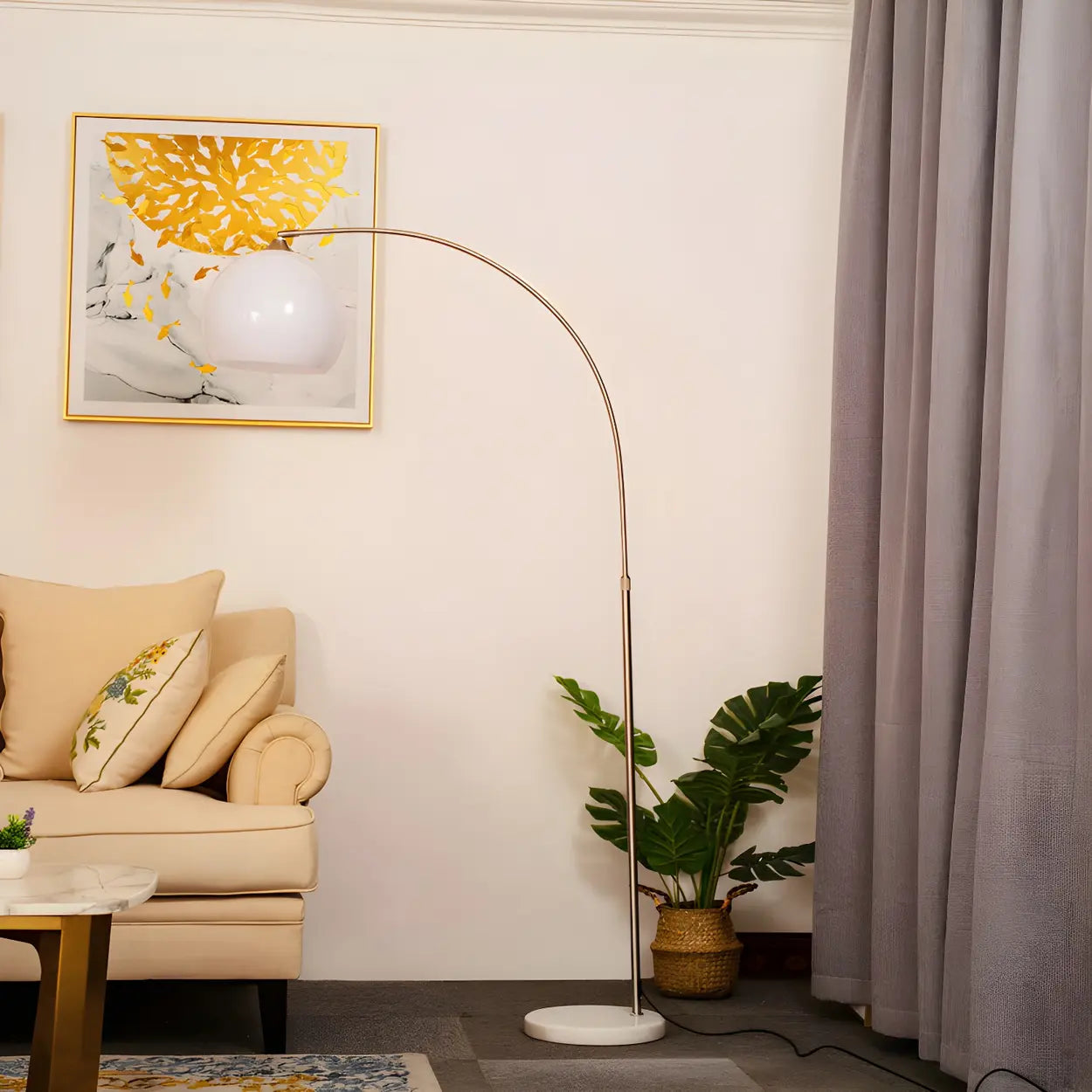
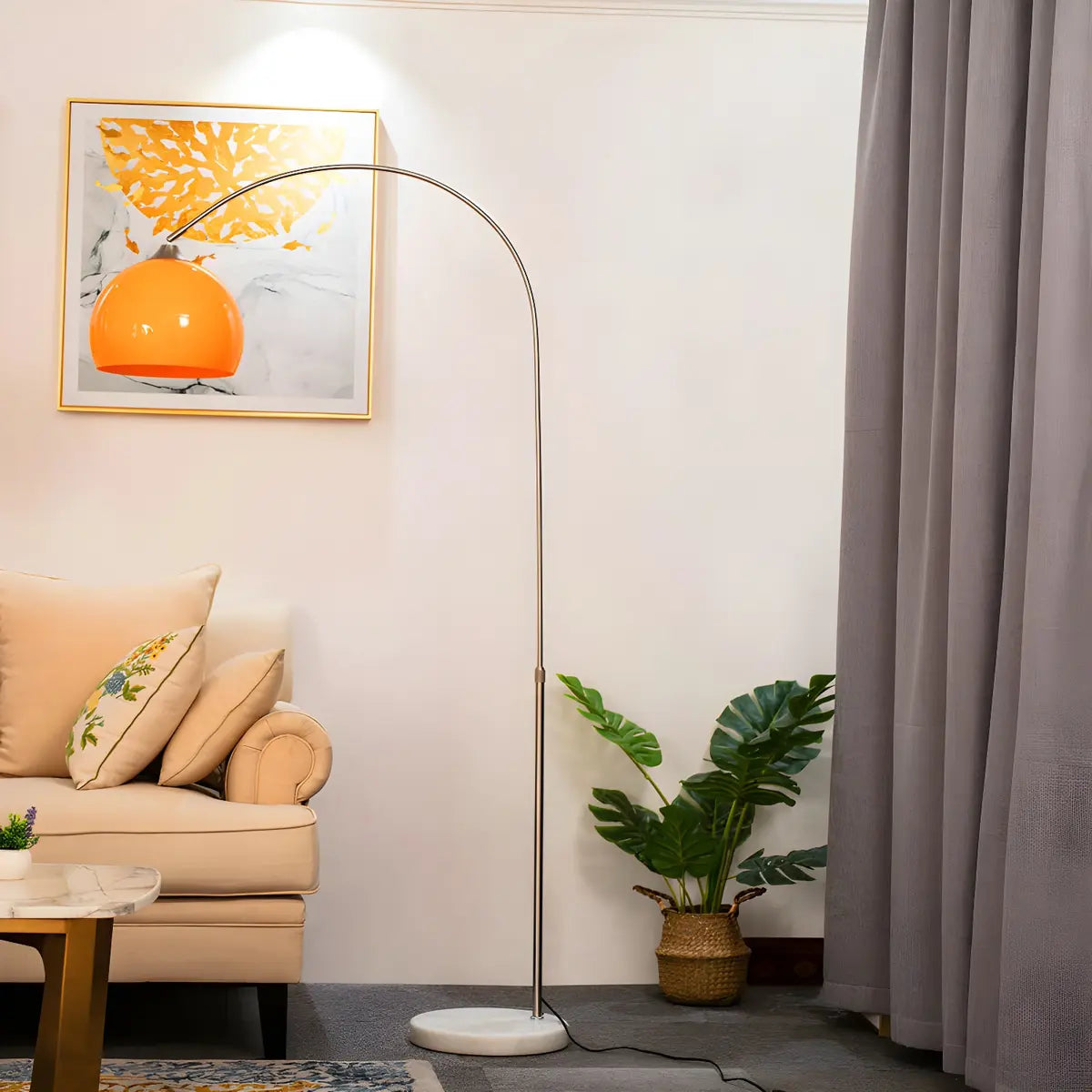

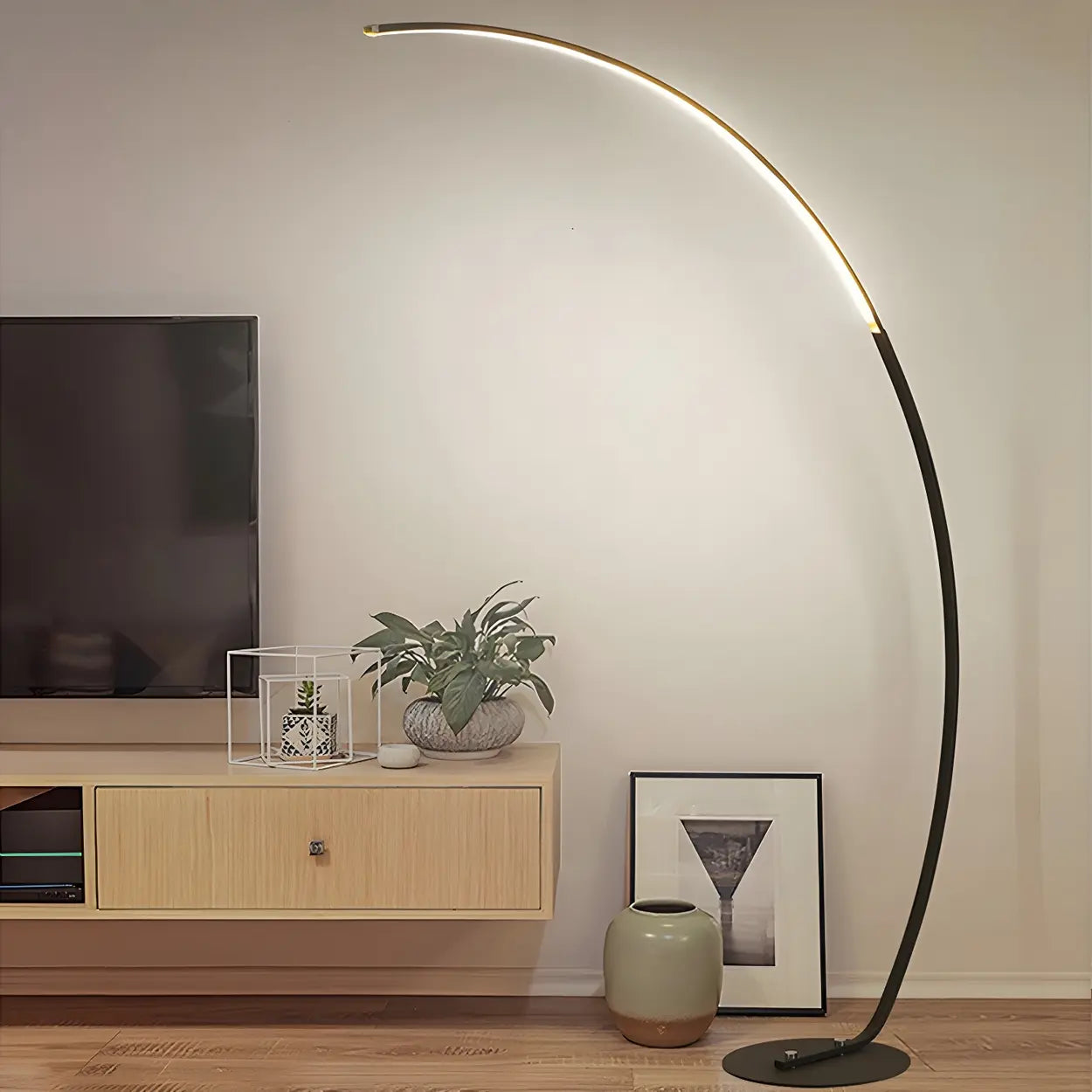
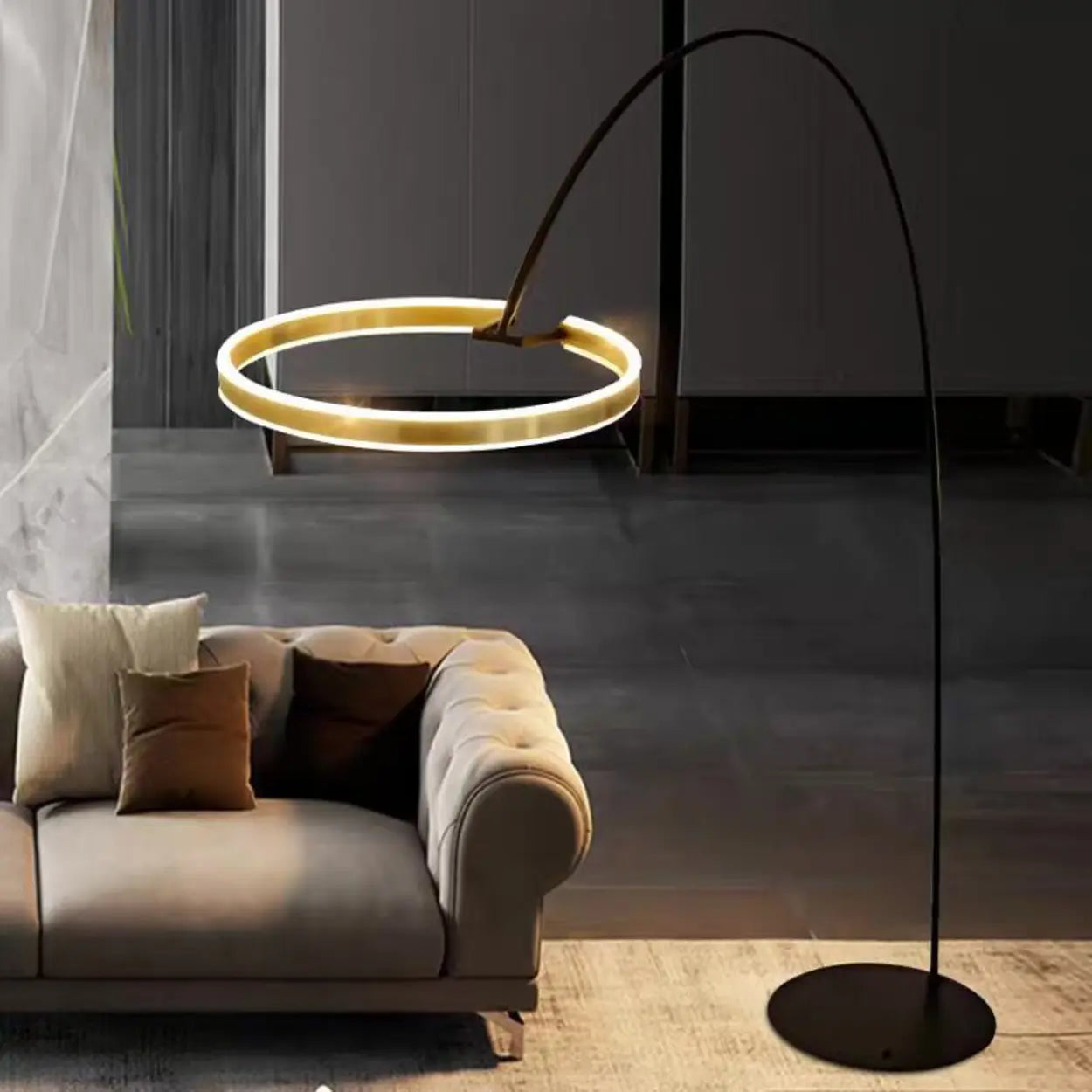
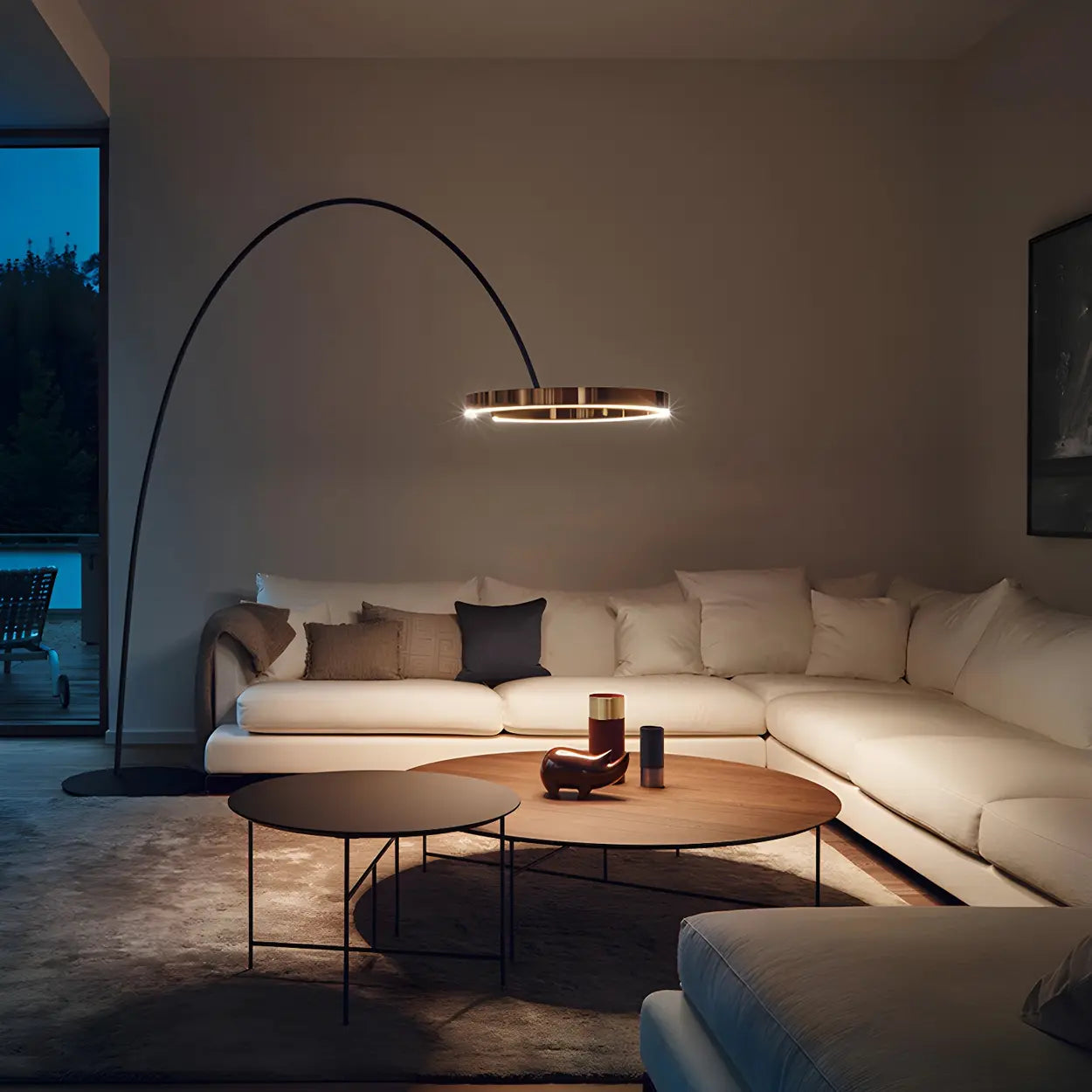
![10 Best Floor Lamp for Reading [2025 Review]](http://www.homebaa.com/cdn/shop/articles/banner_c990b0a4-4743-4902-b6be-5609f7a21a90.webp?v=1747357941)


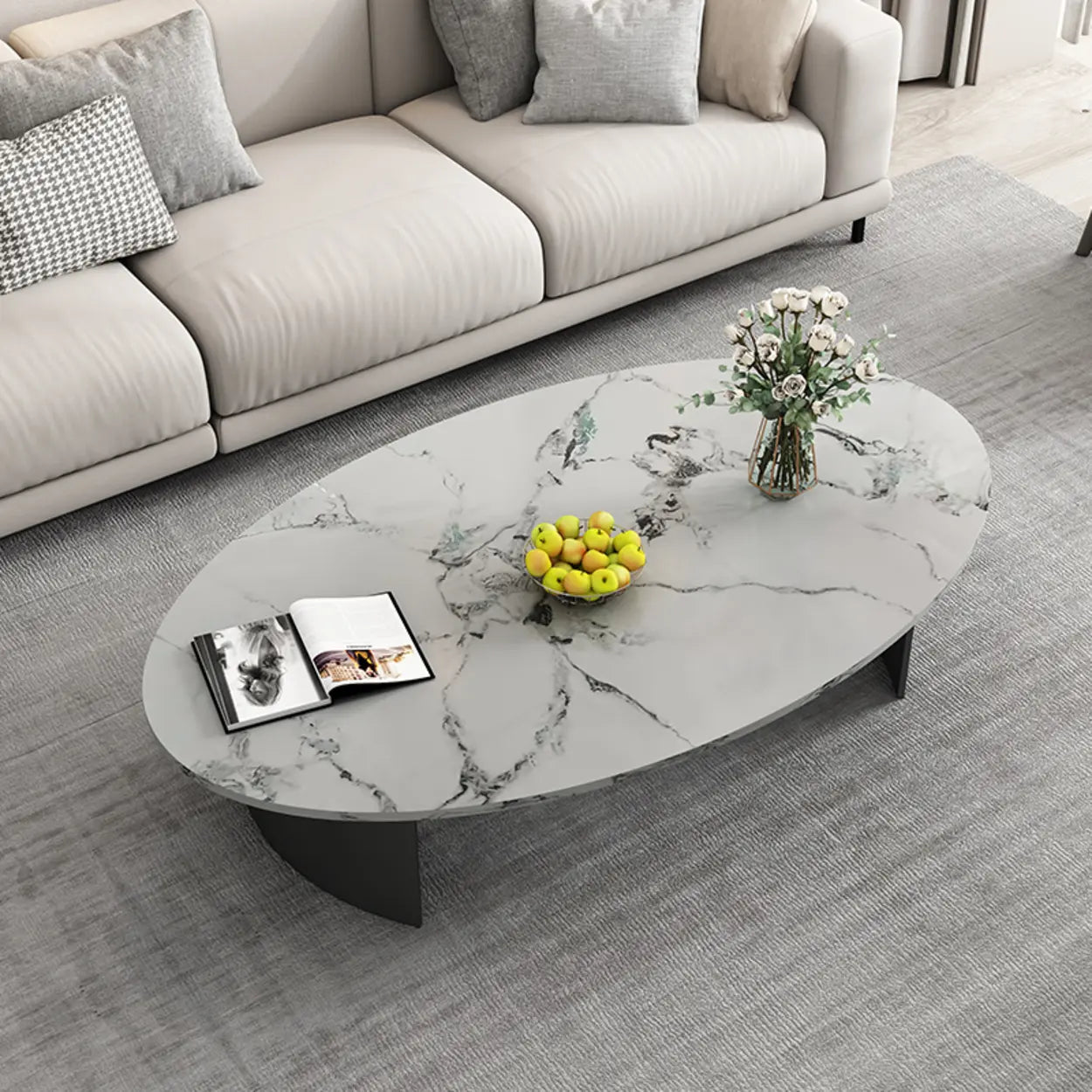
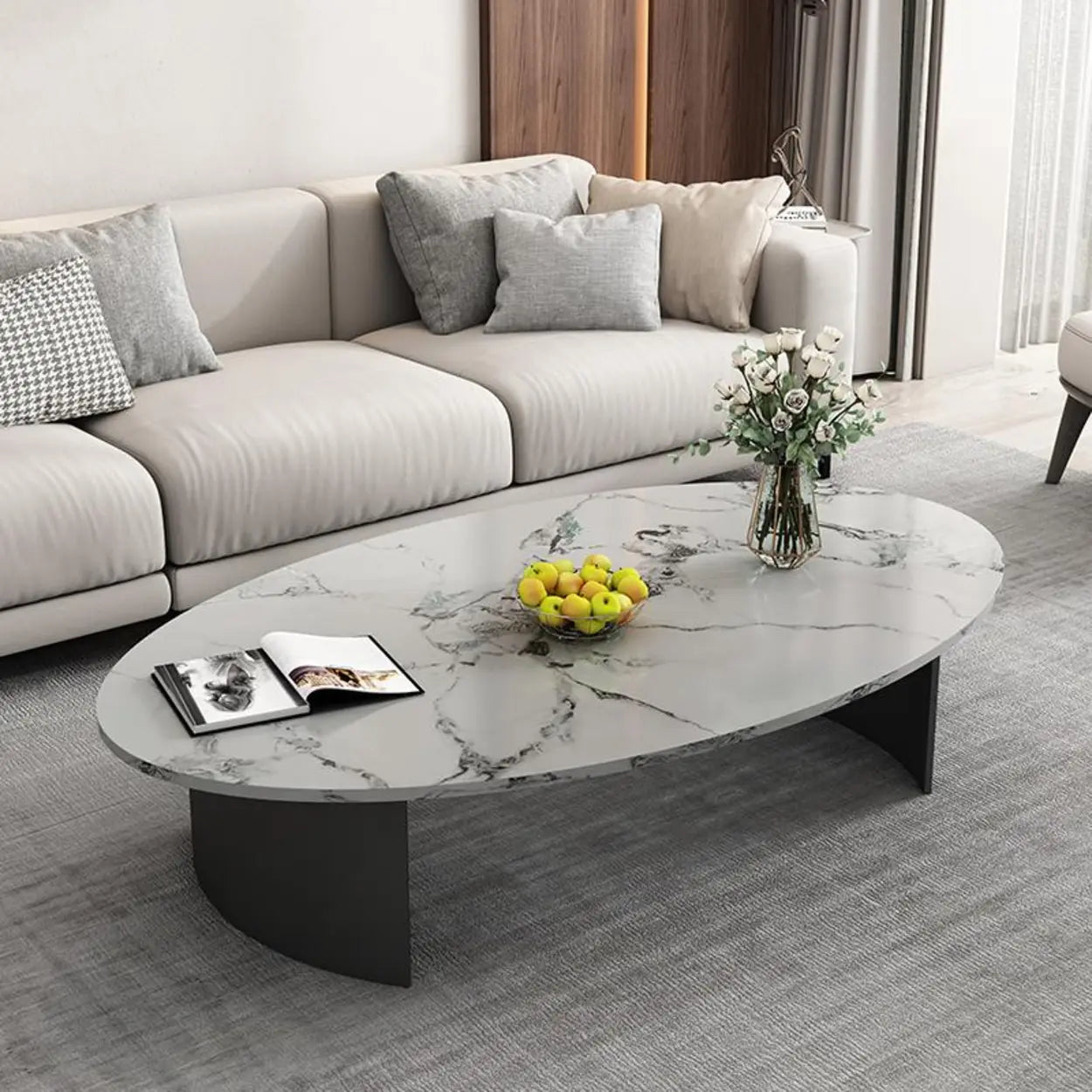
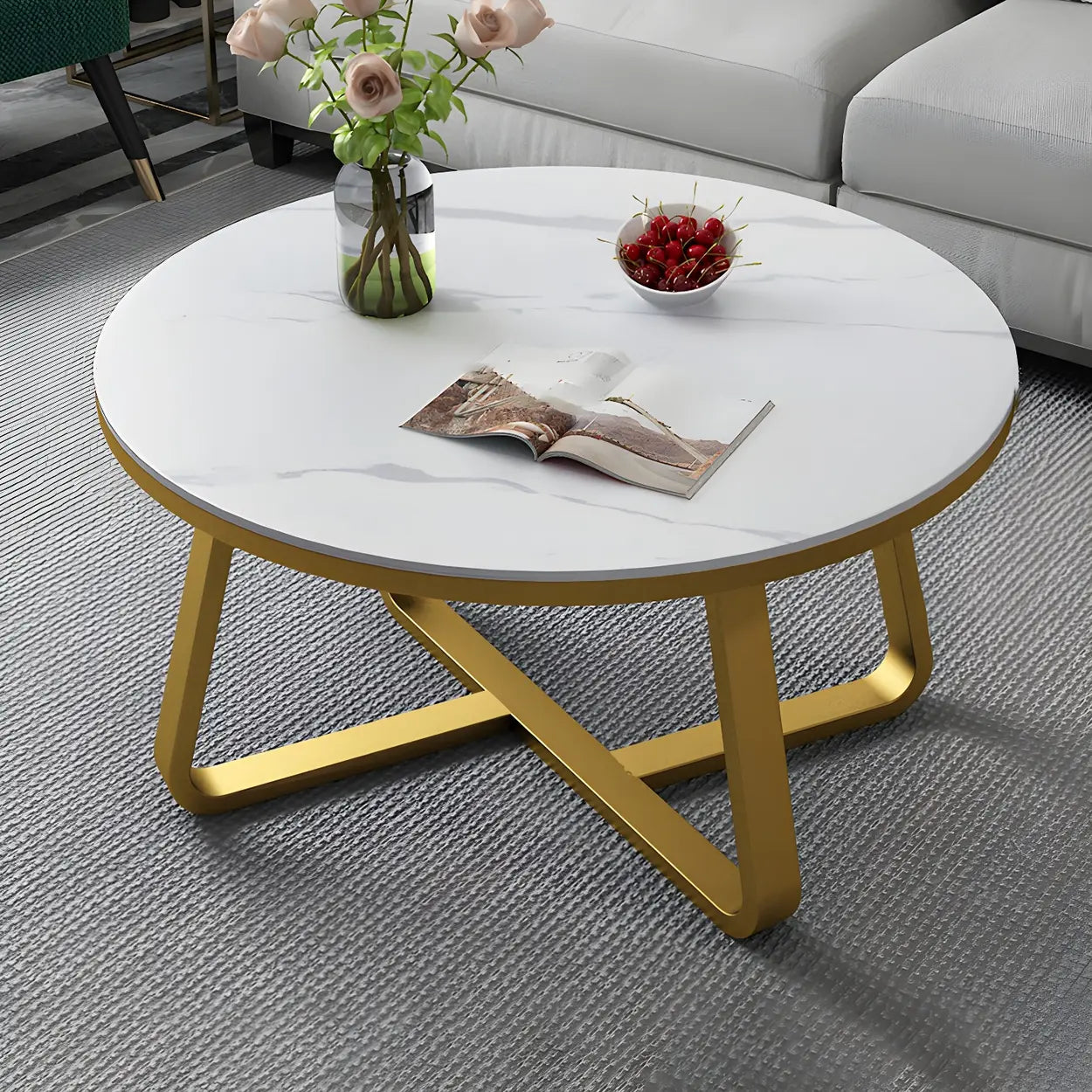
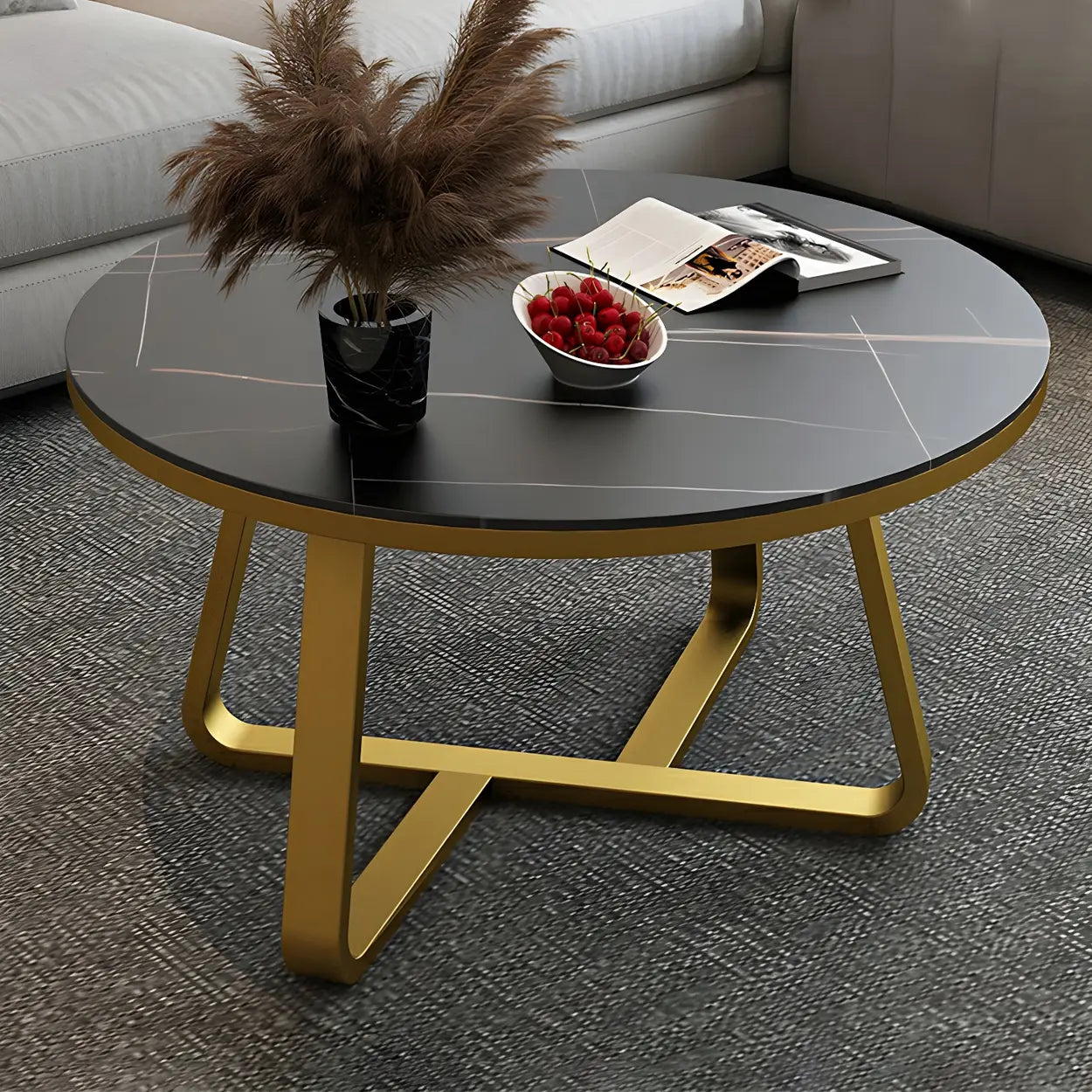
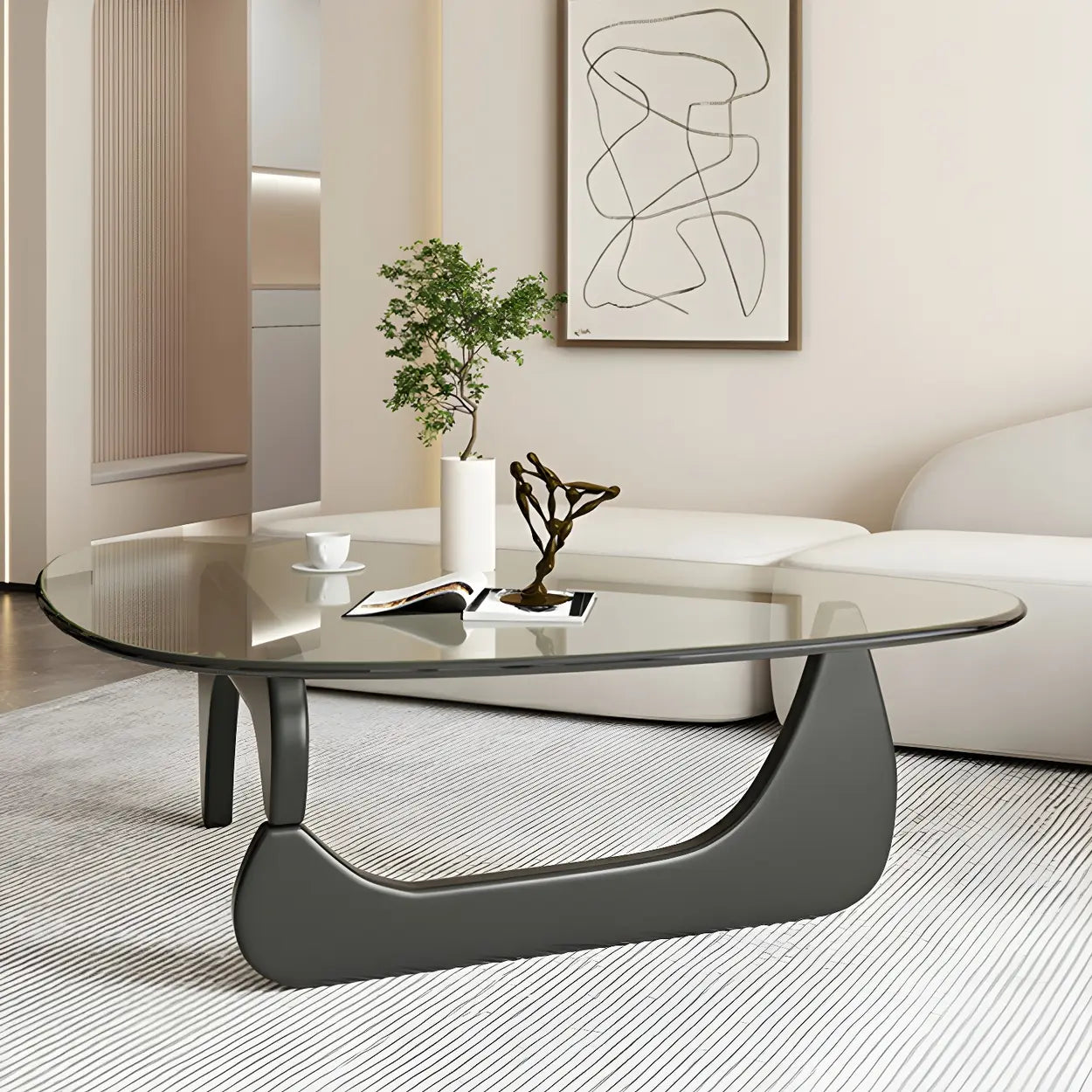
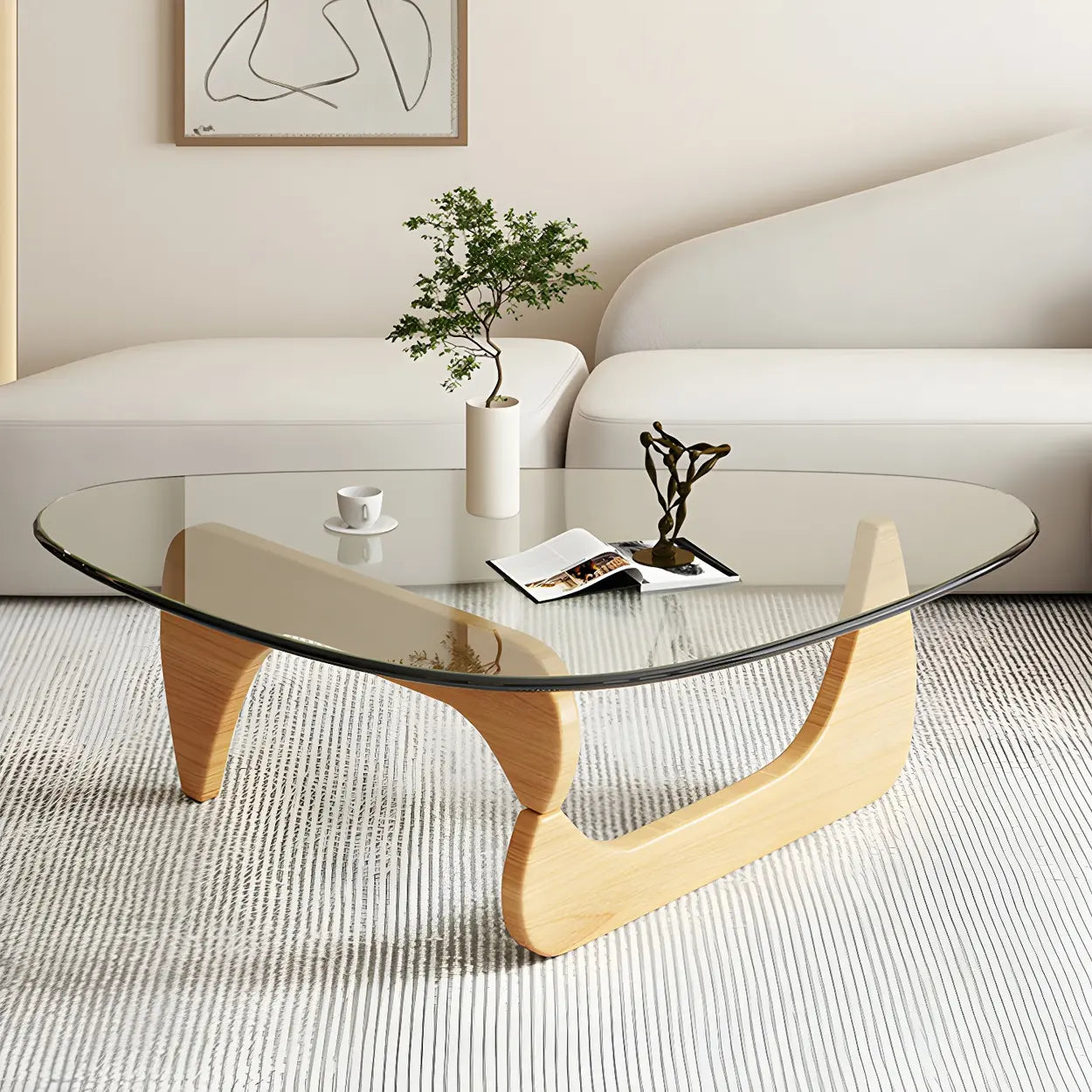
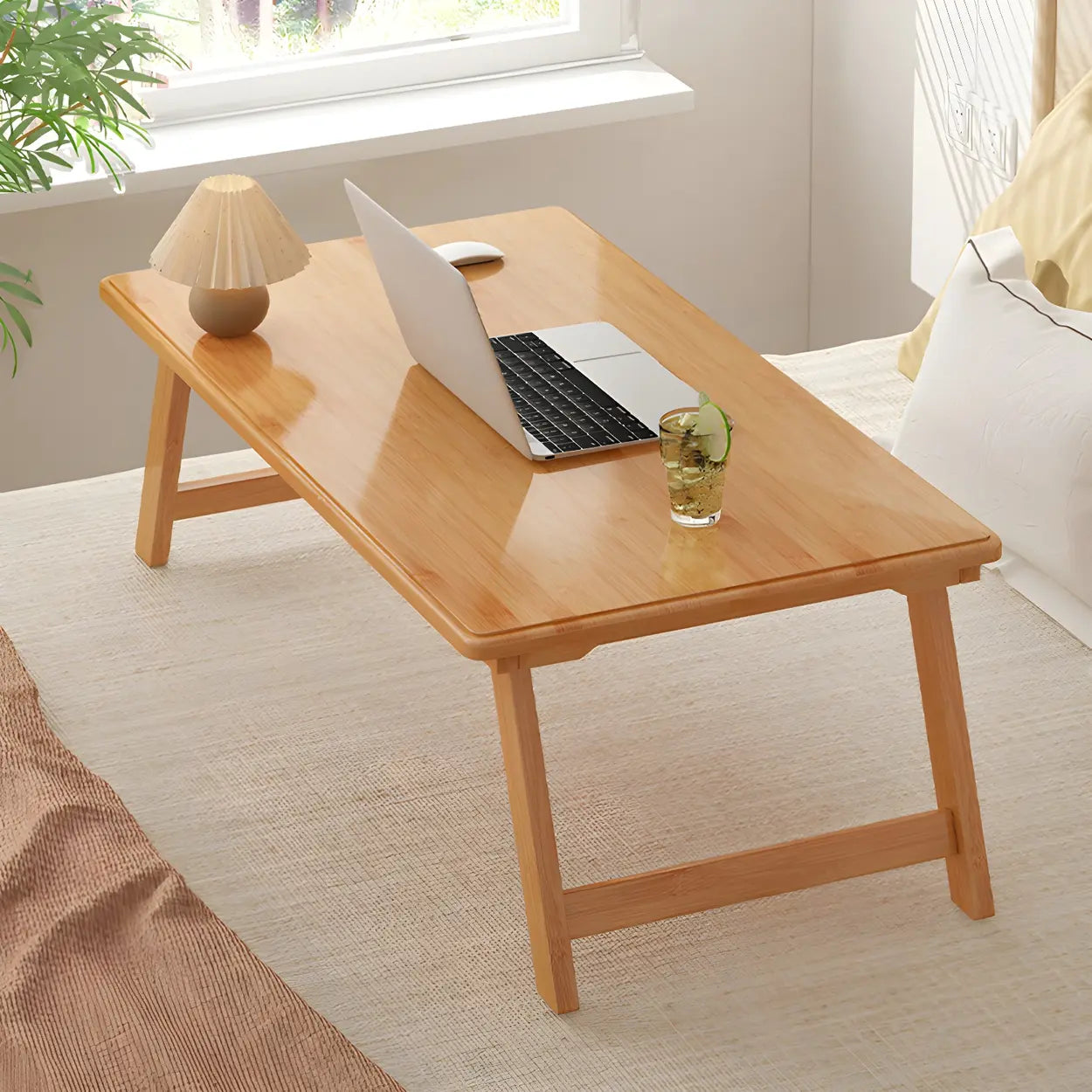


![How to Choose the Coffee Table Height? [2025 Newest Guide]](http://www.homebaa.com/cdn/shop/articles/coffee-table-height.webp?v=1749523259)











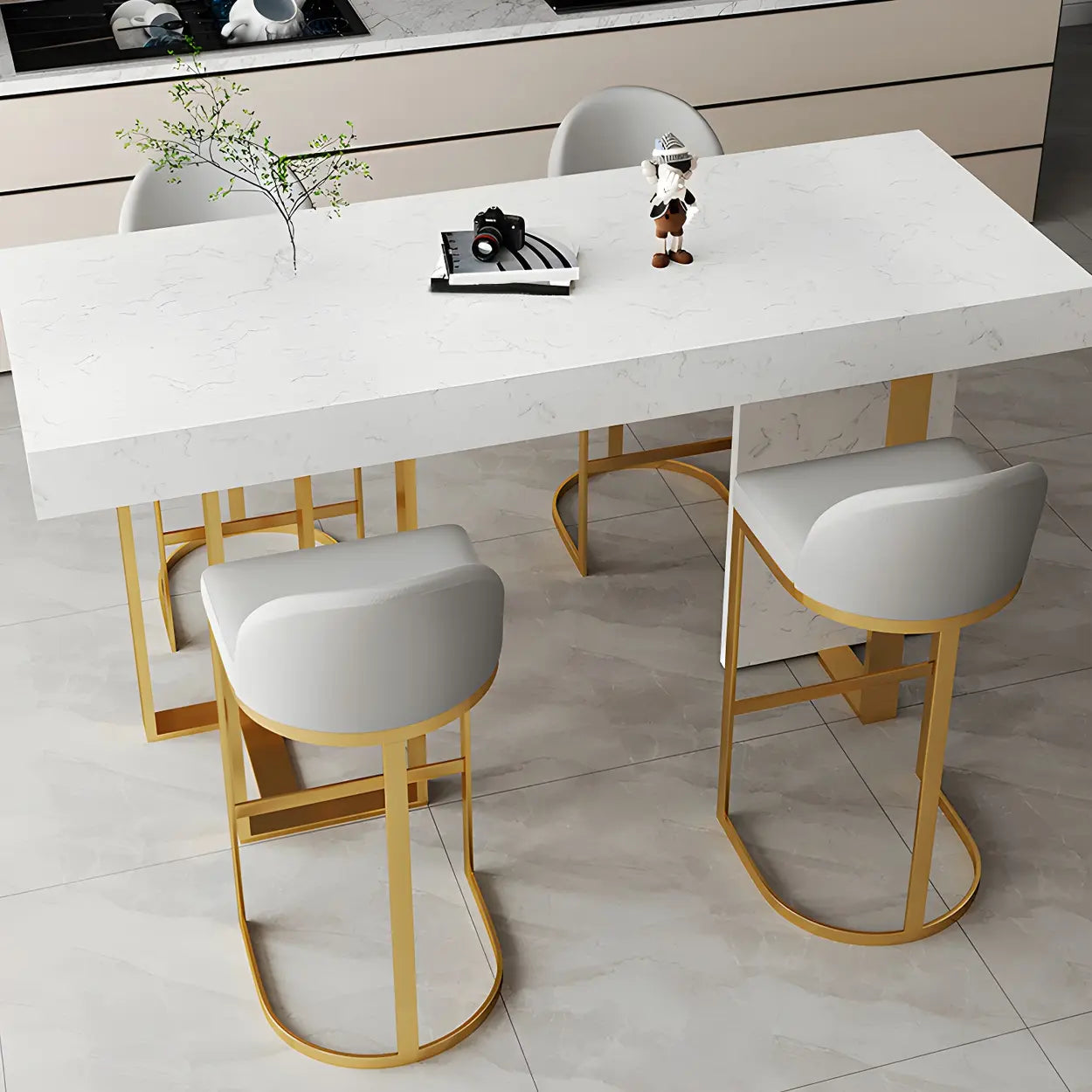
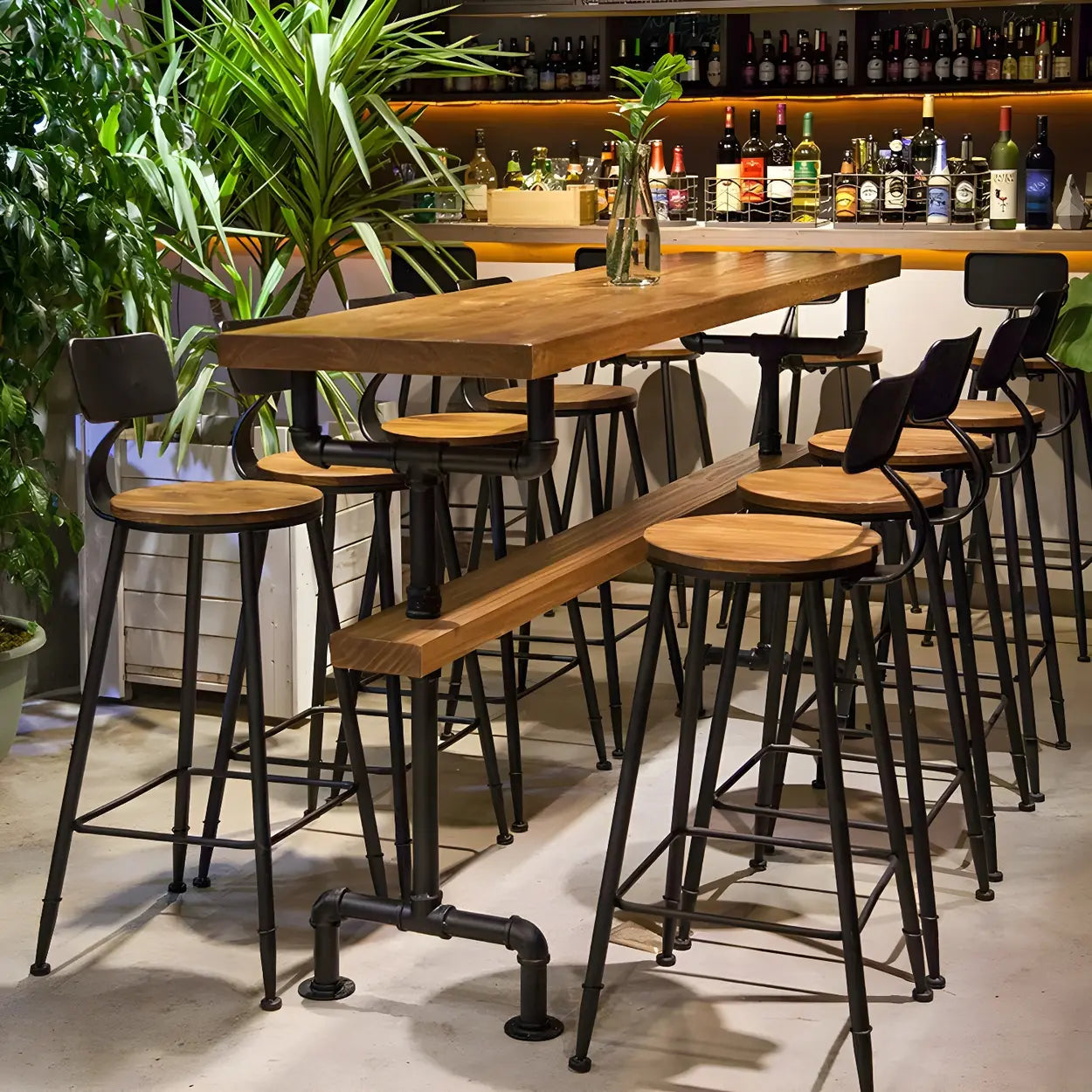


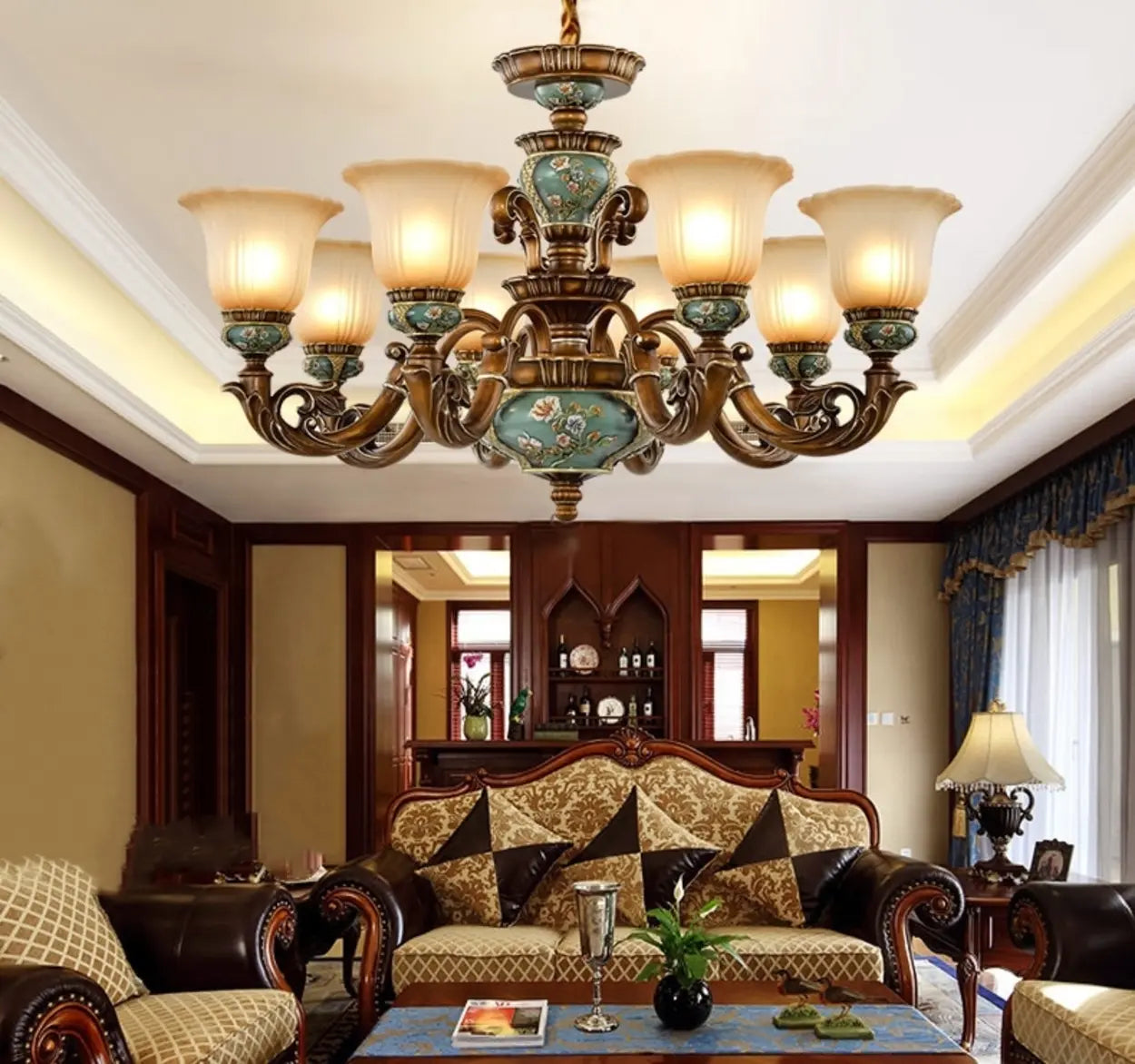


![10 Best Floor Lamp for Reading [2026 Review]](http://www.homebaa.com/cdn/shop/articles/banner_c990b0a4-4743-4902-b6be-5609f7a21a90.webp?v=1766393057)
![How to Choose the Coffee Table Height? [2026 Newest Guide]](http://www.homebaa.com/cdn/shop/articles/coffee-table-height.webp?v=1766393873)



